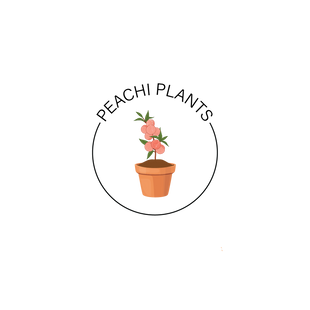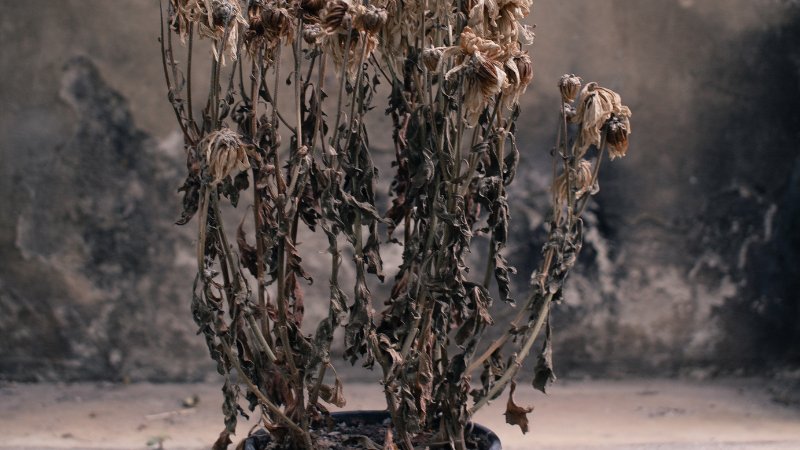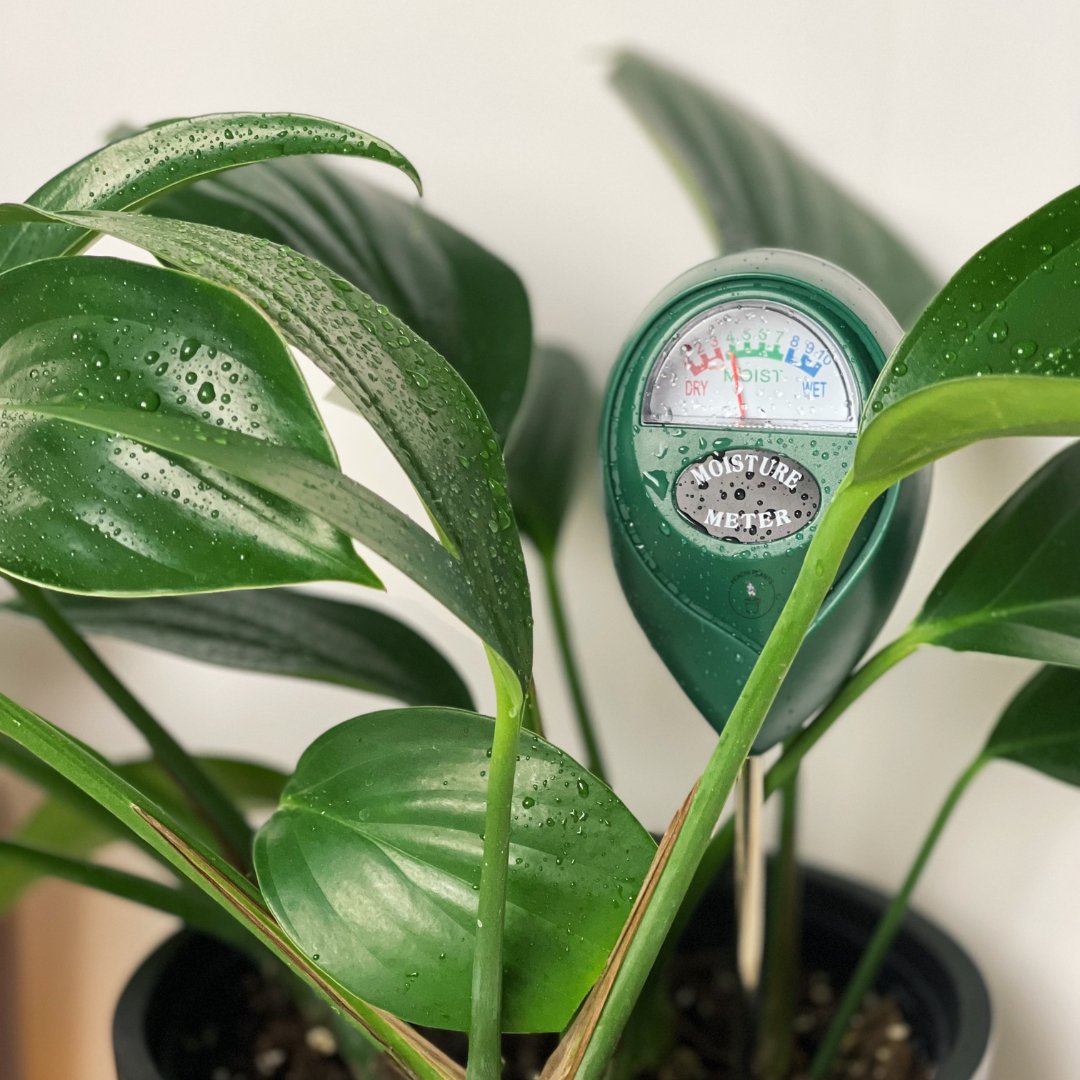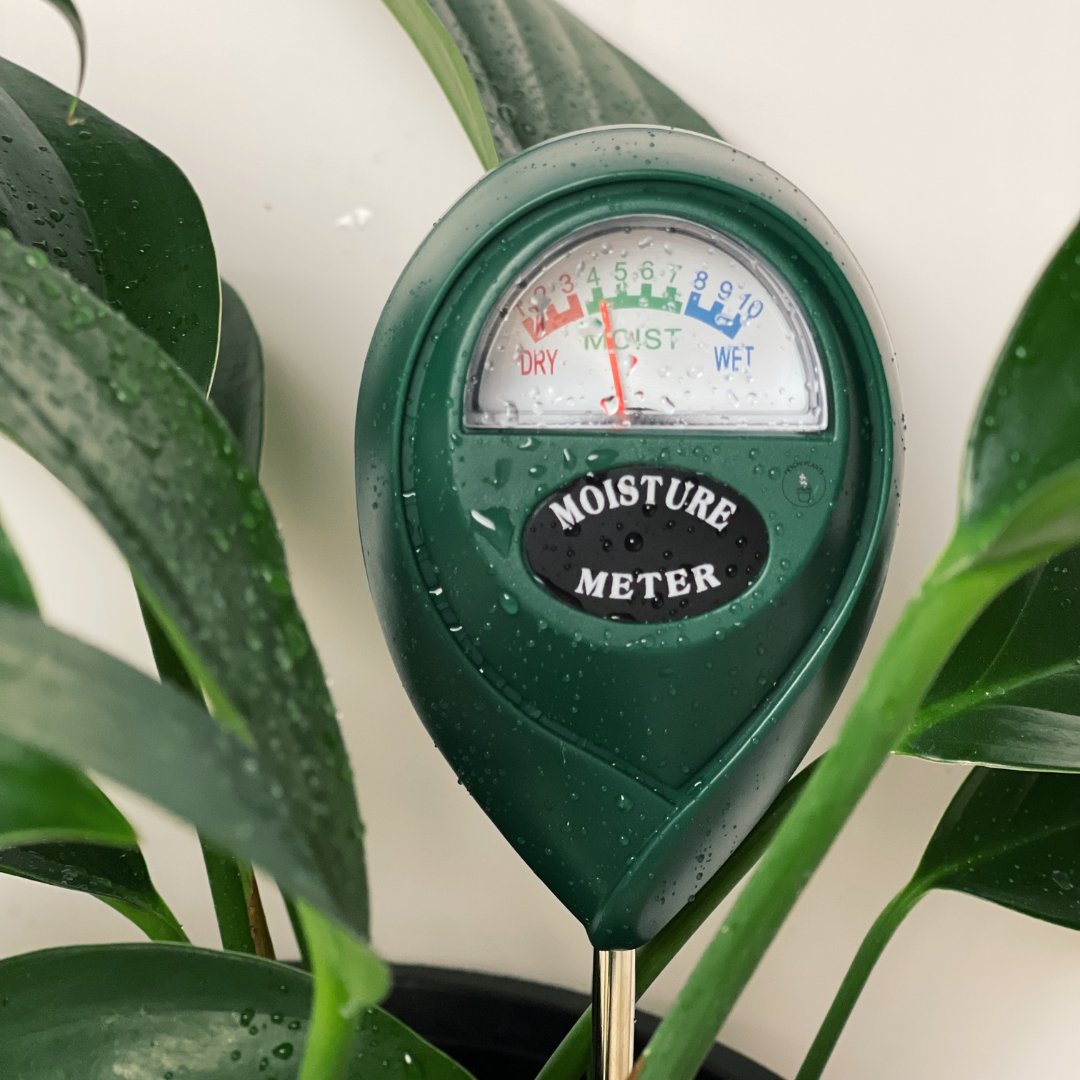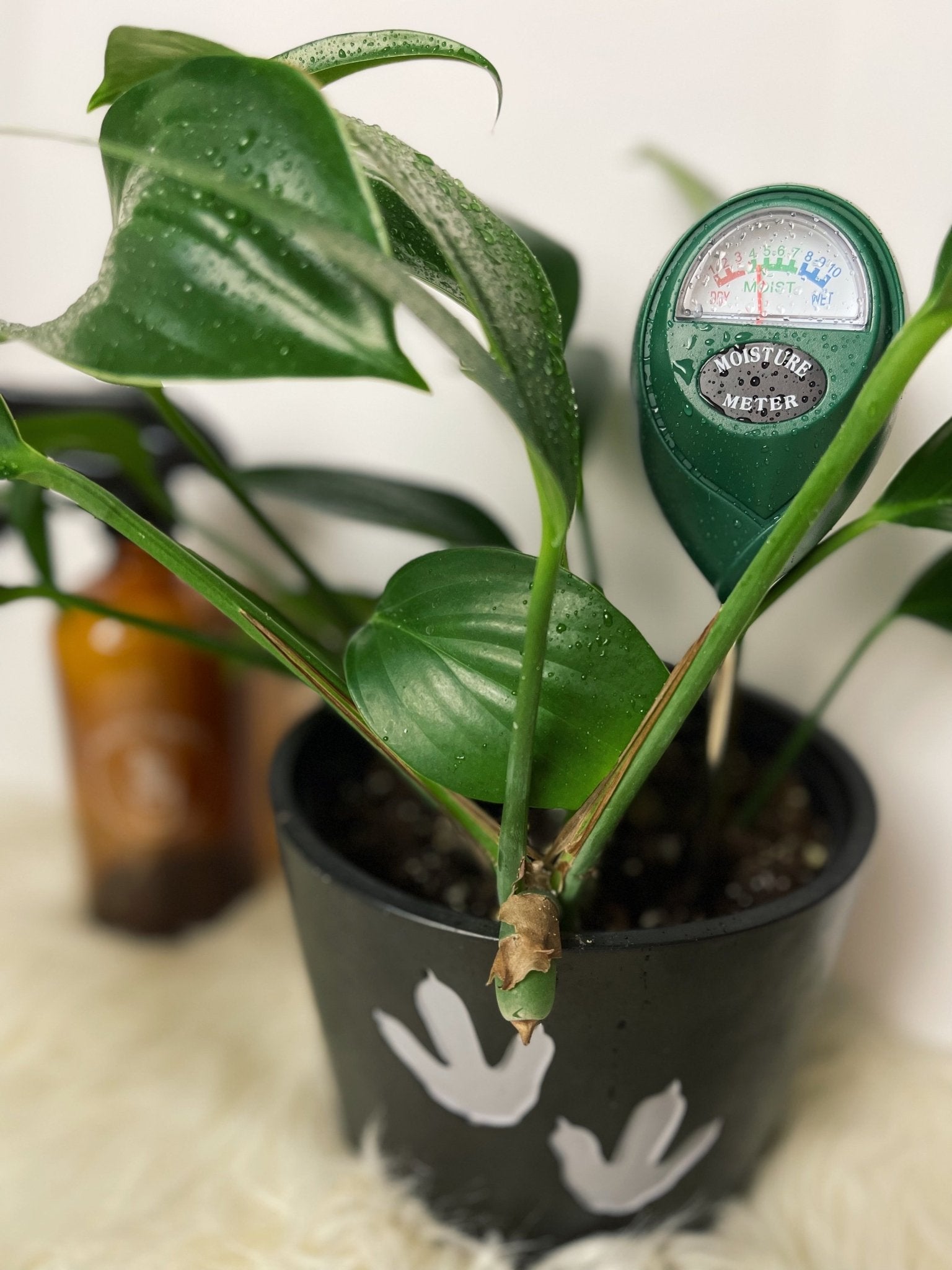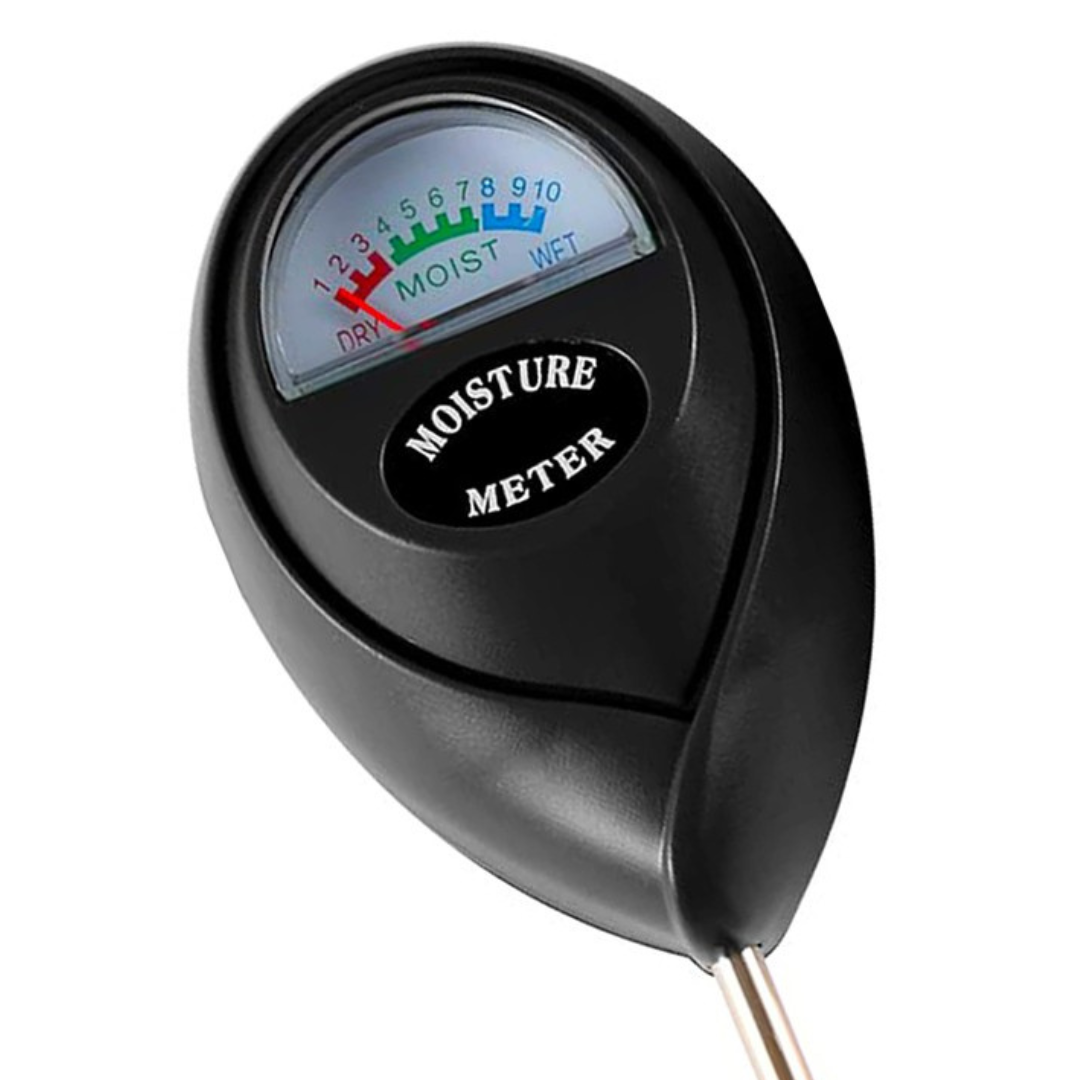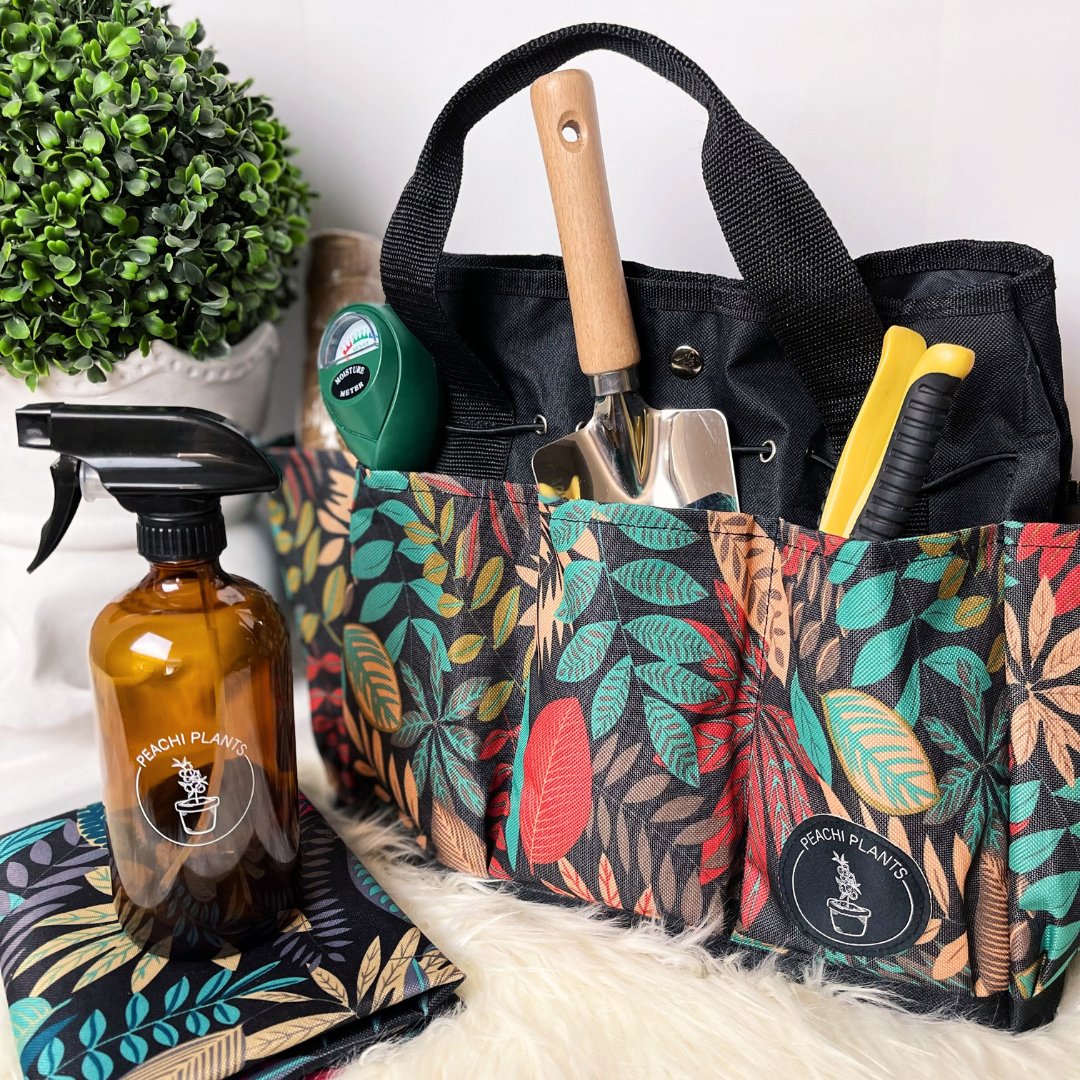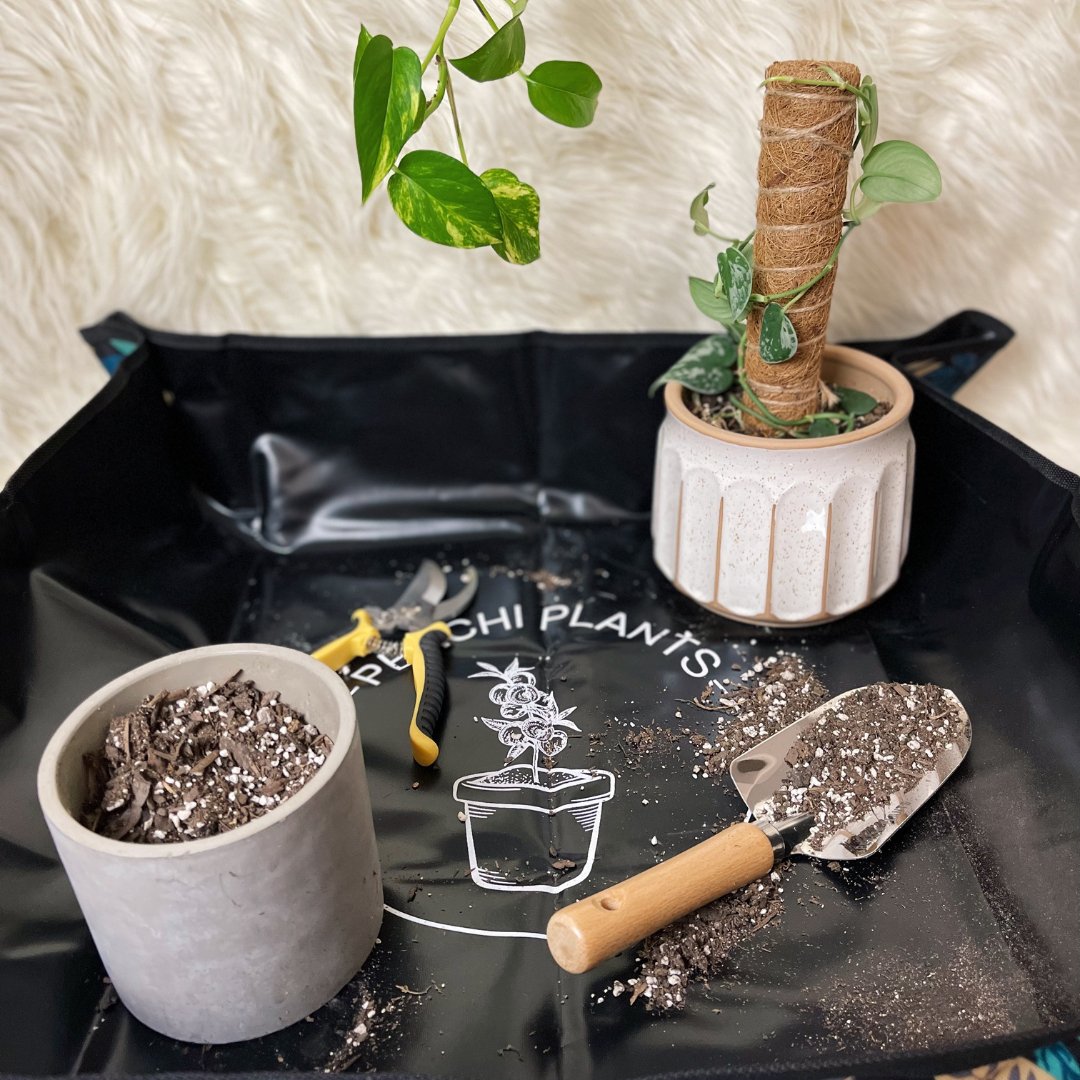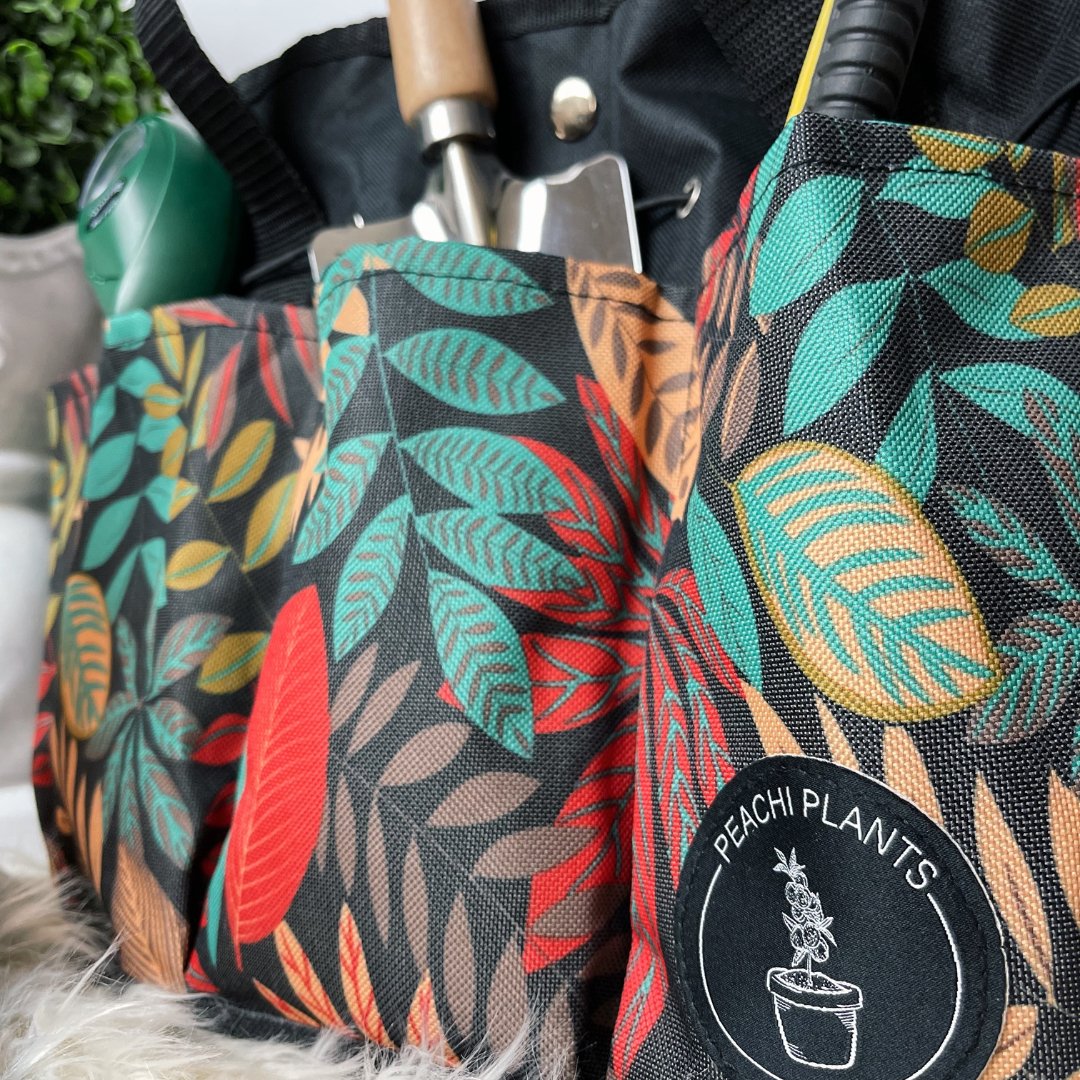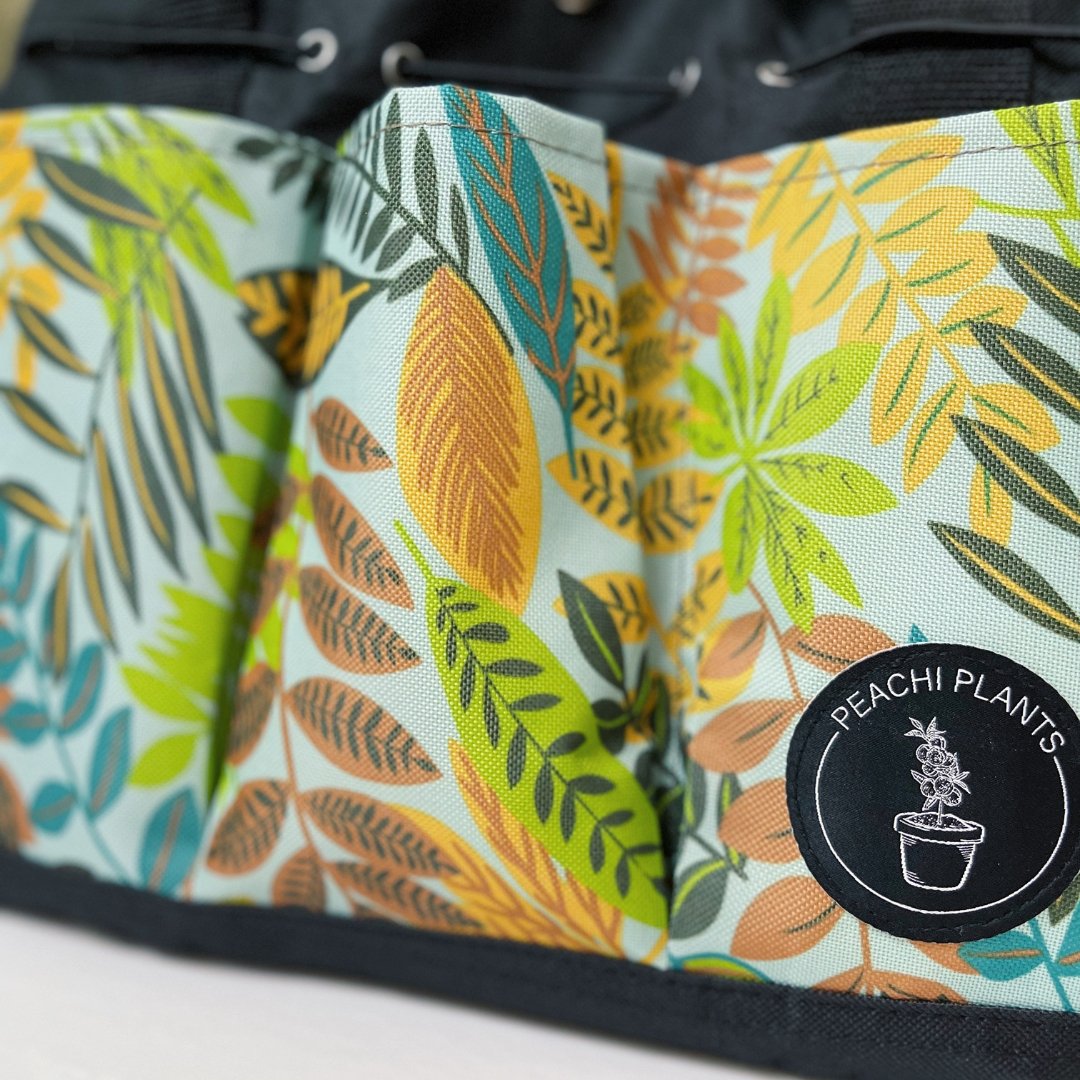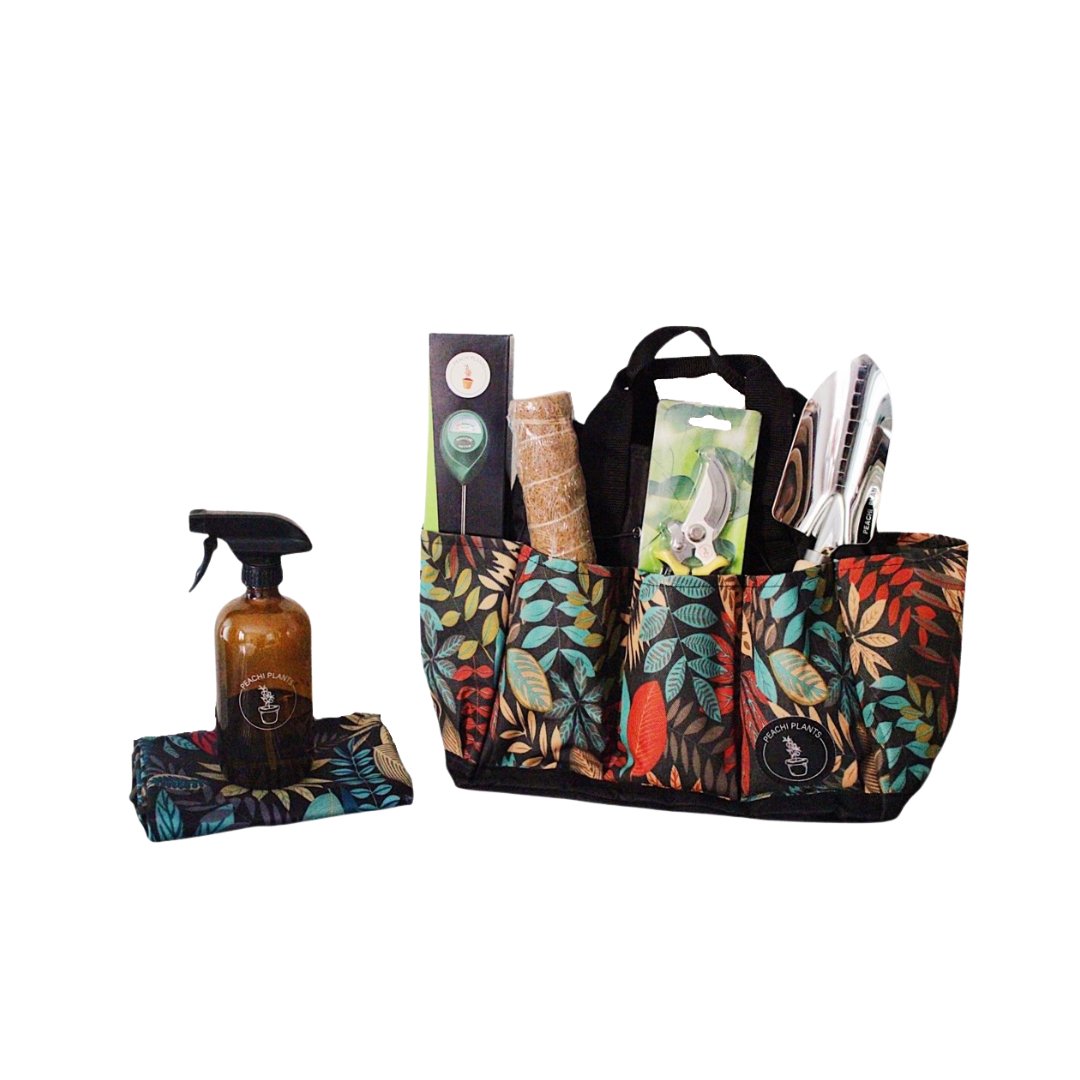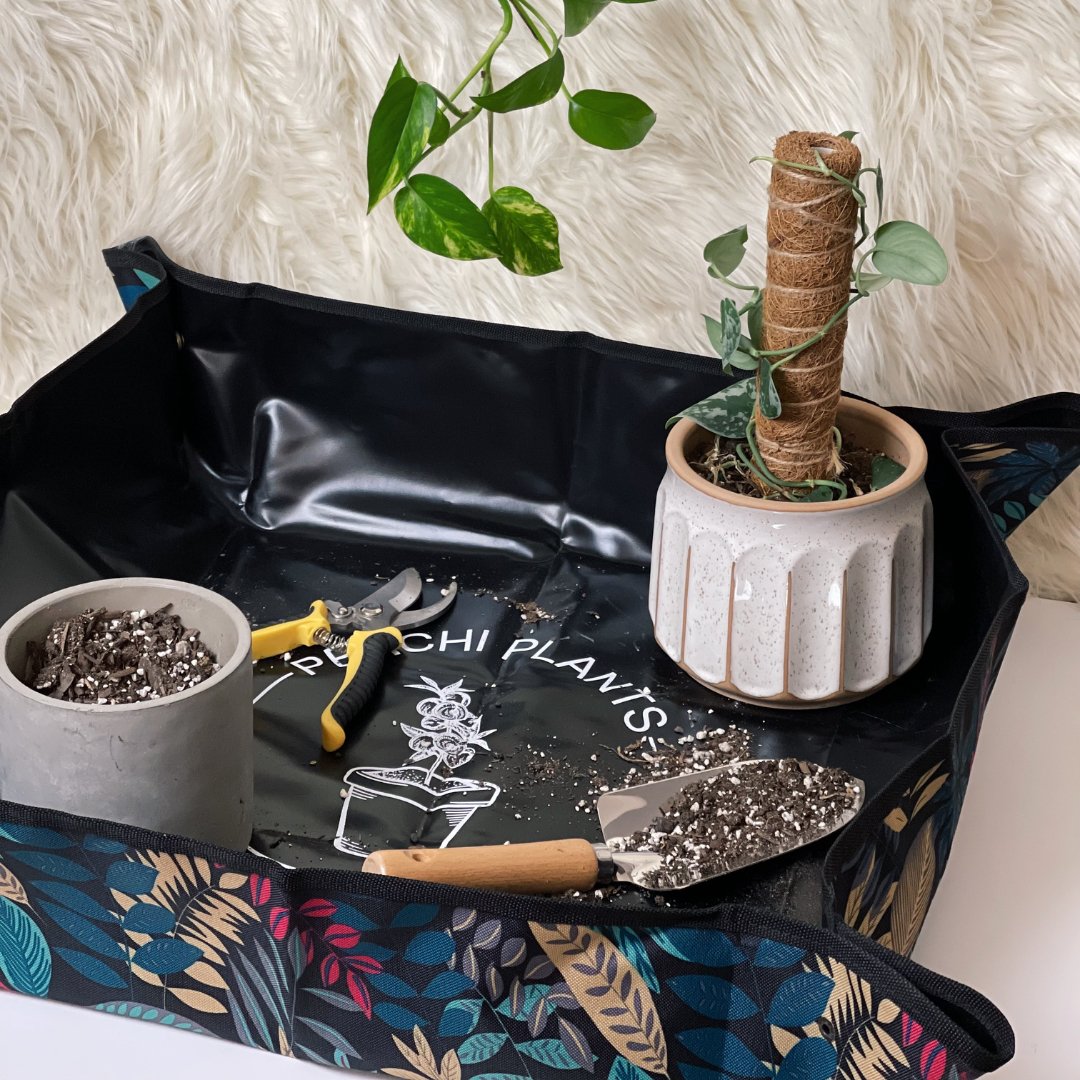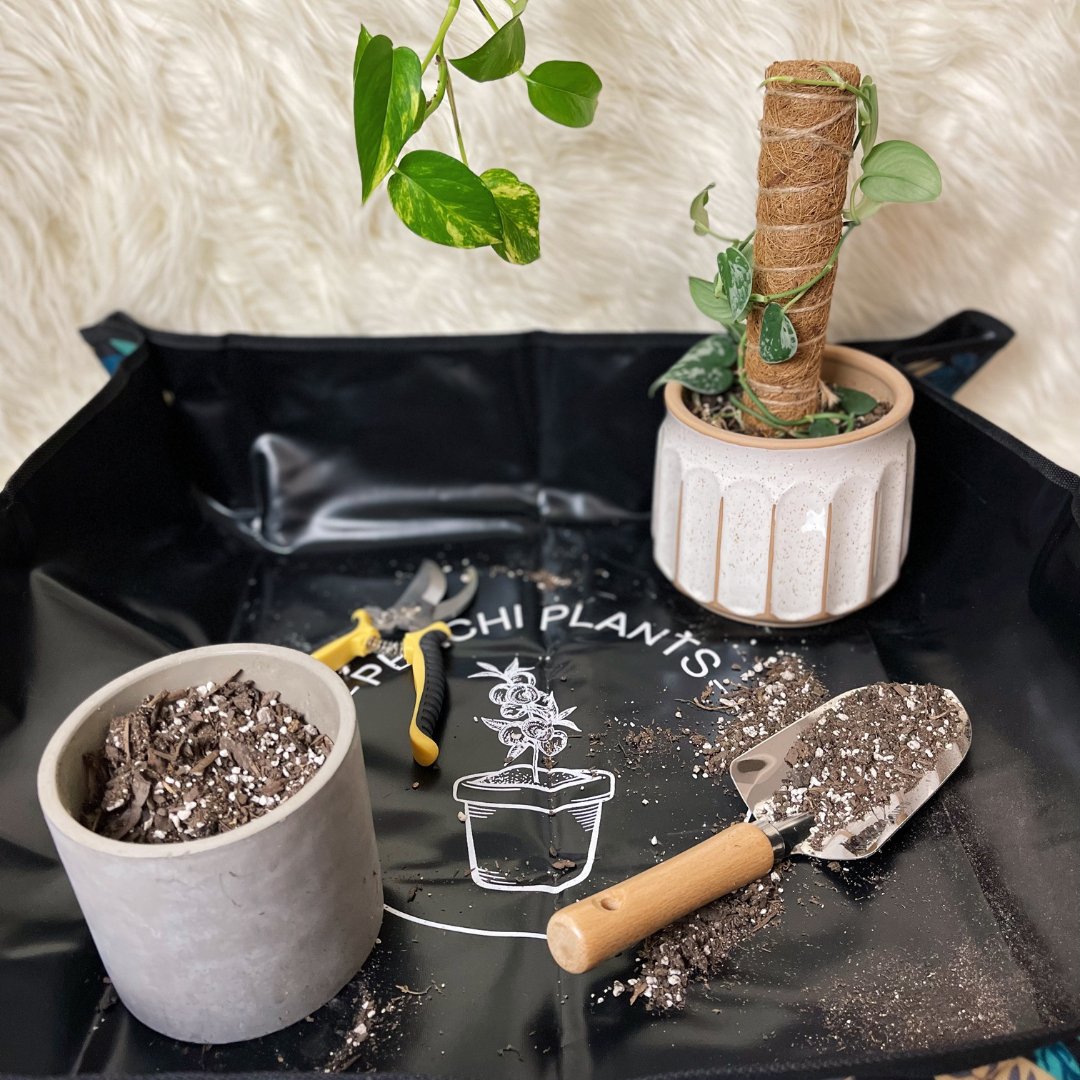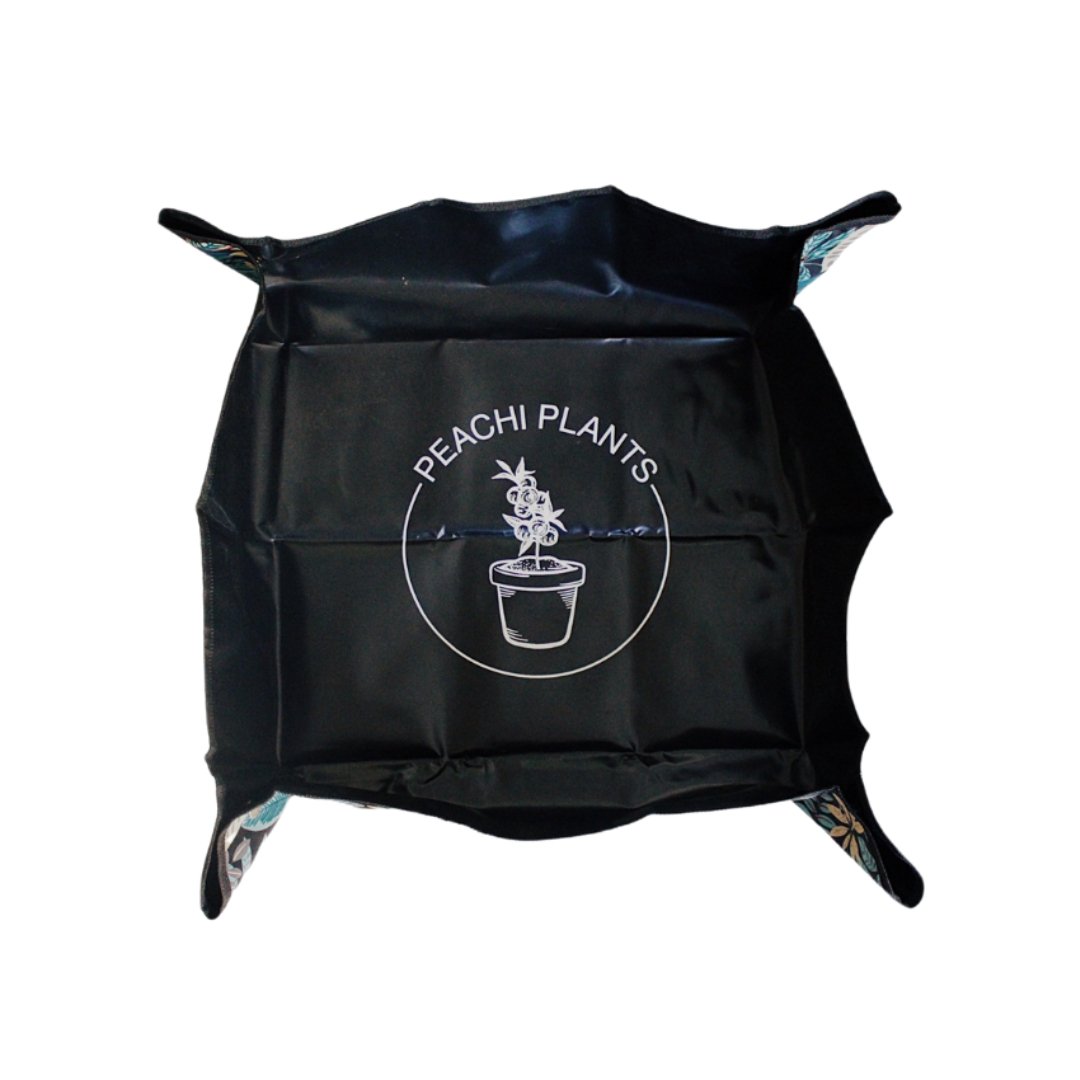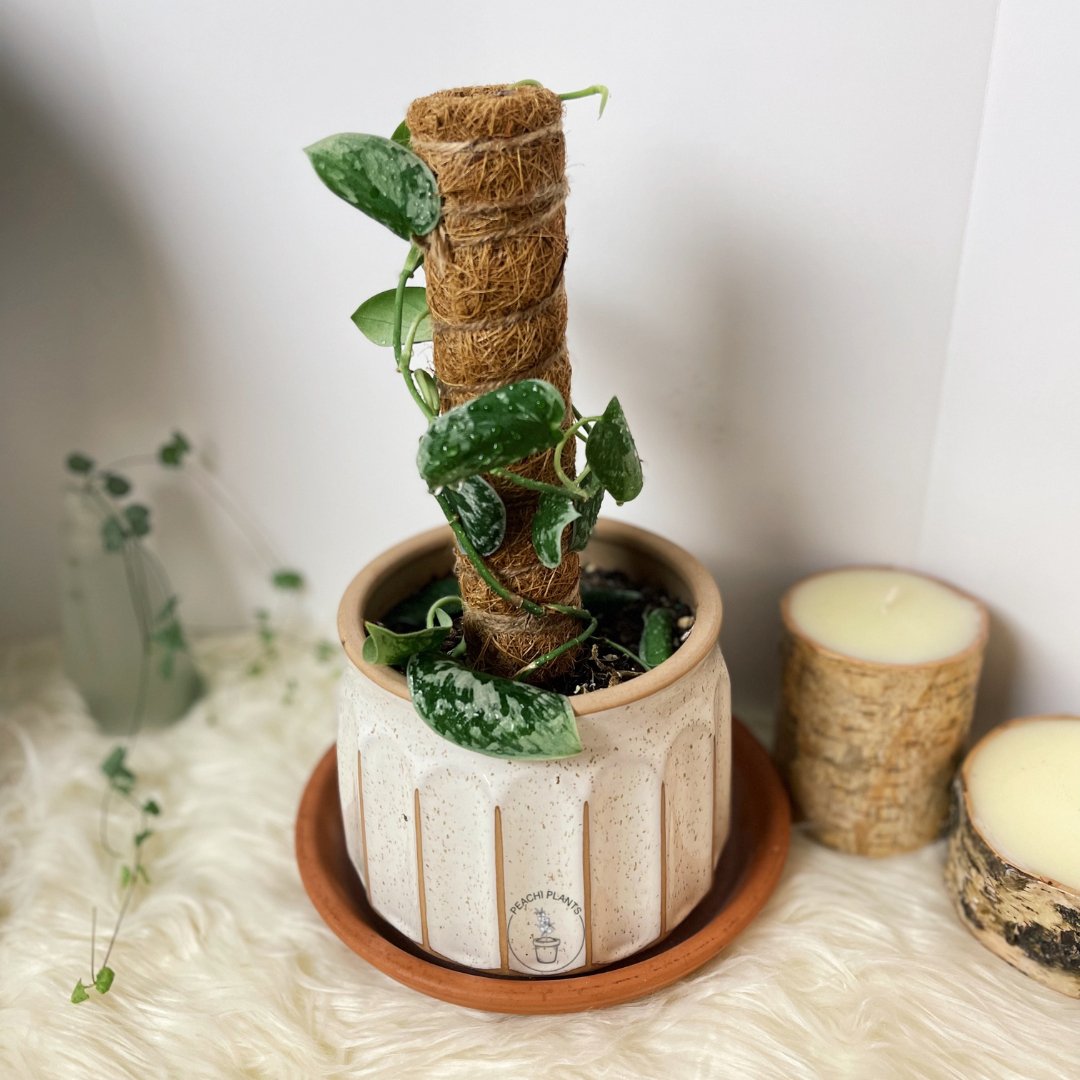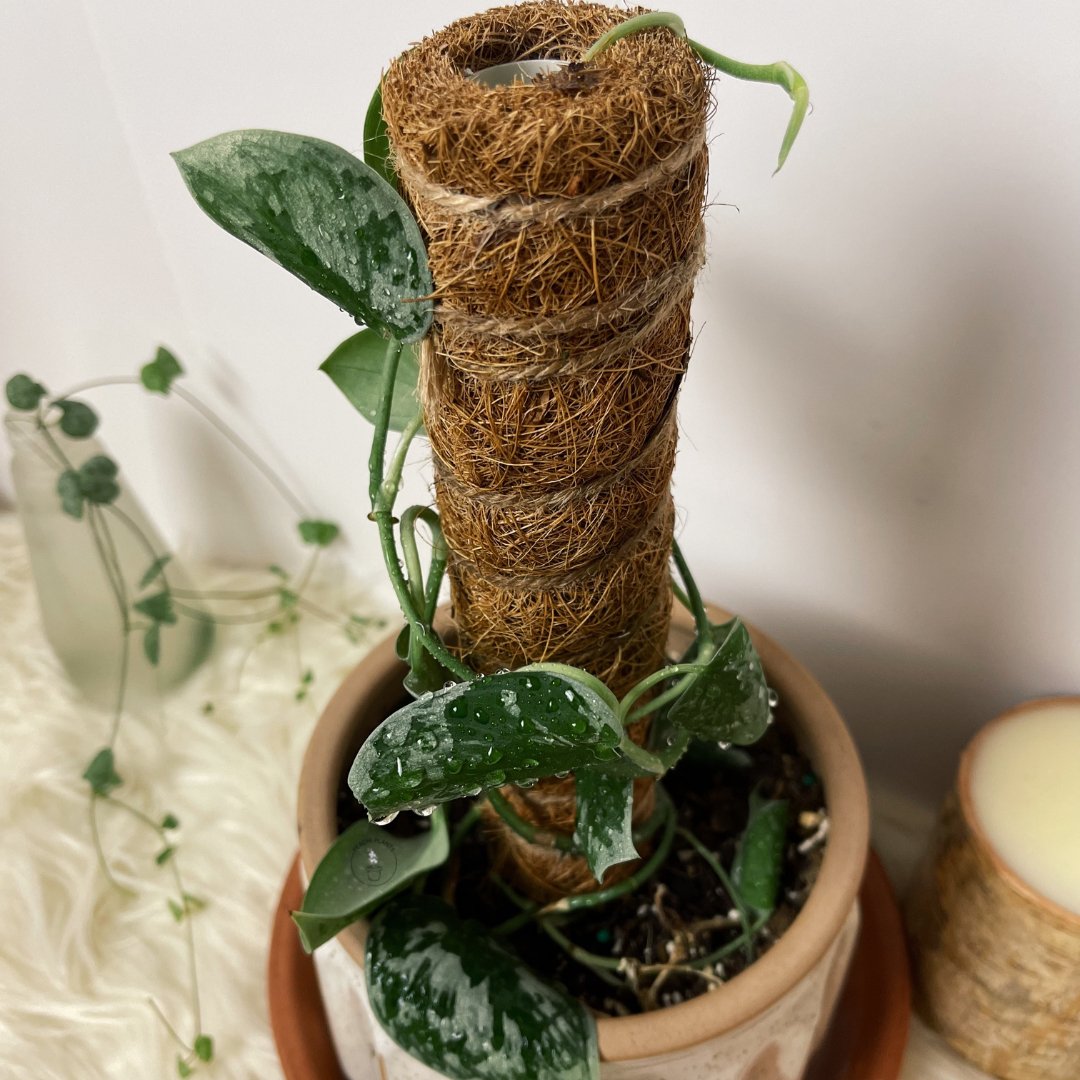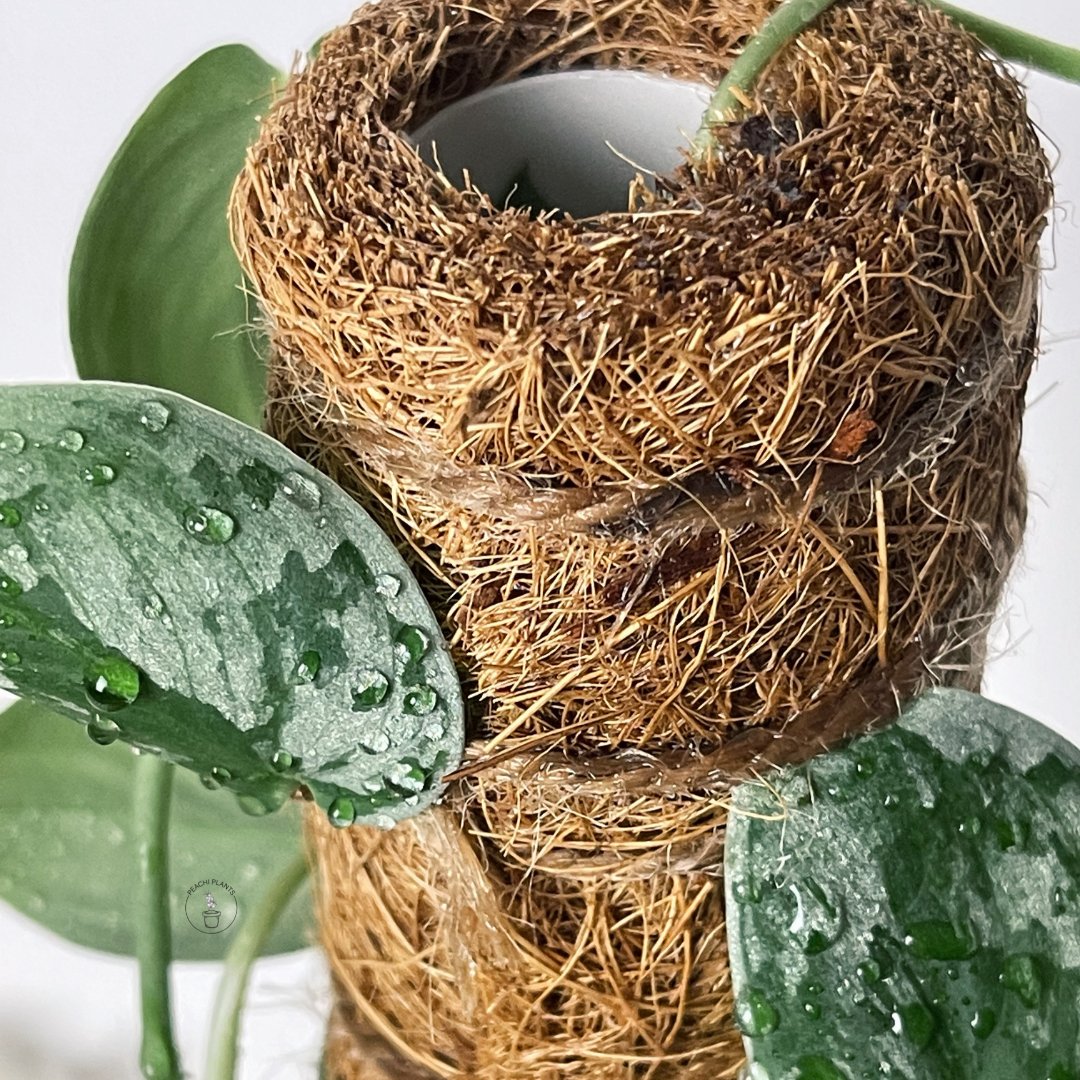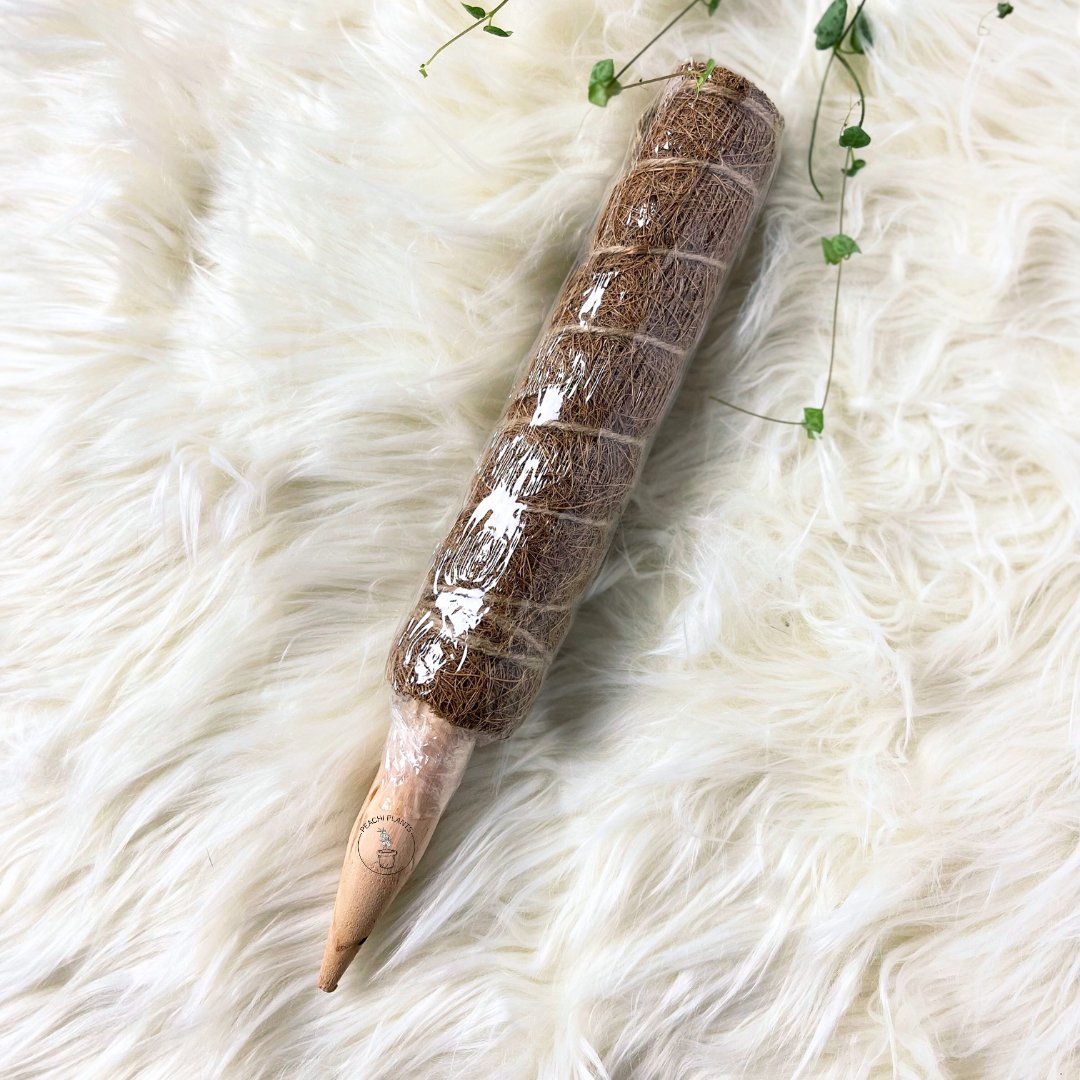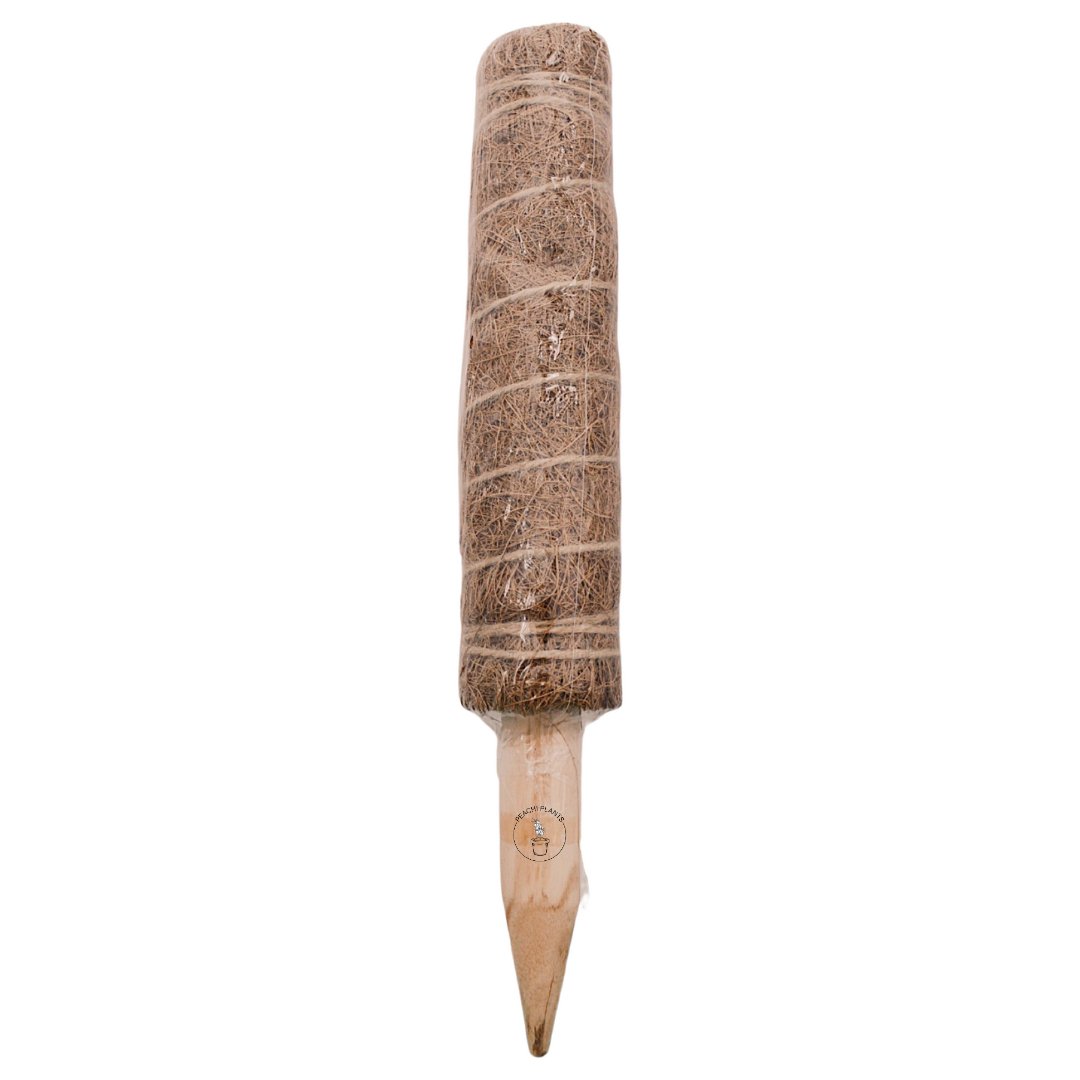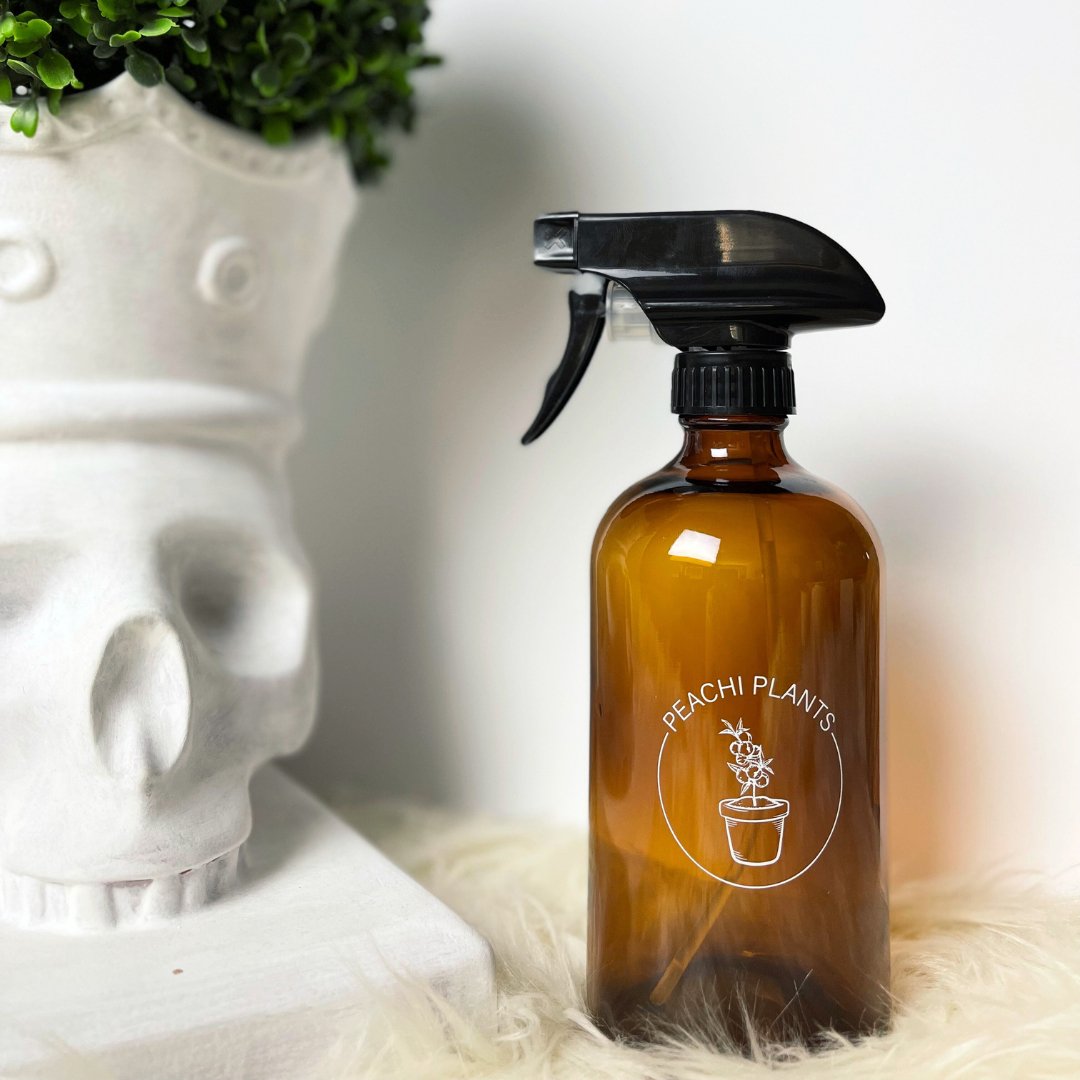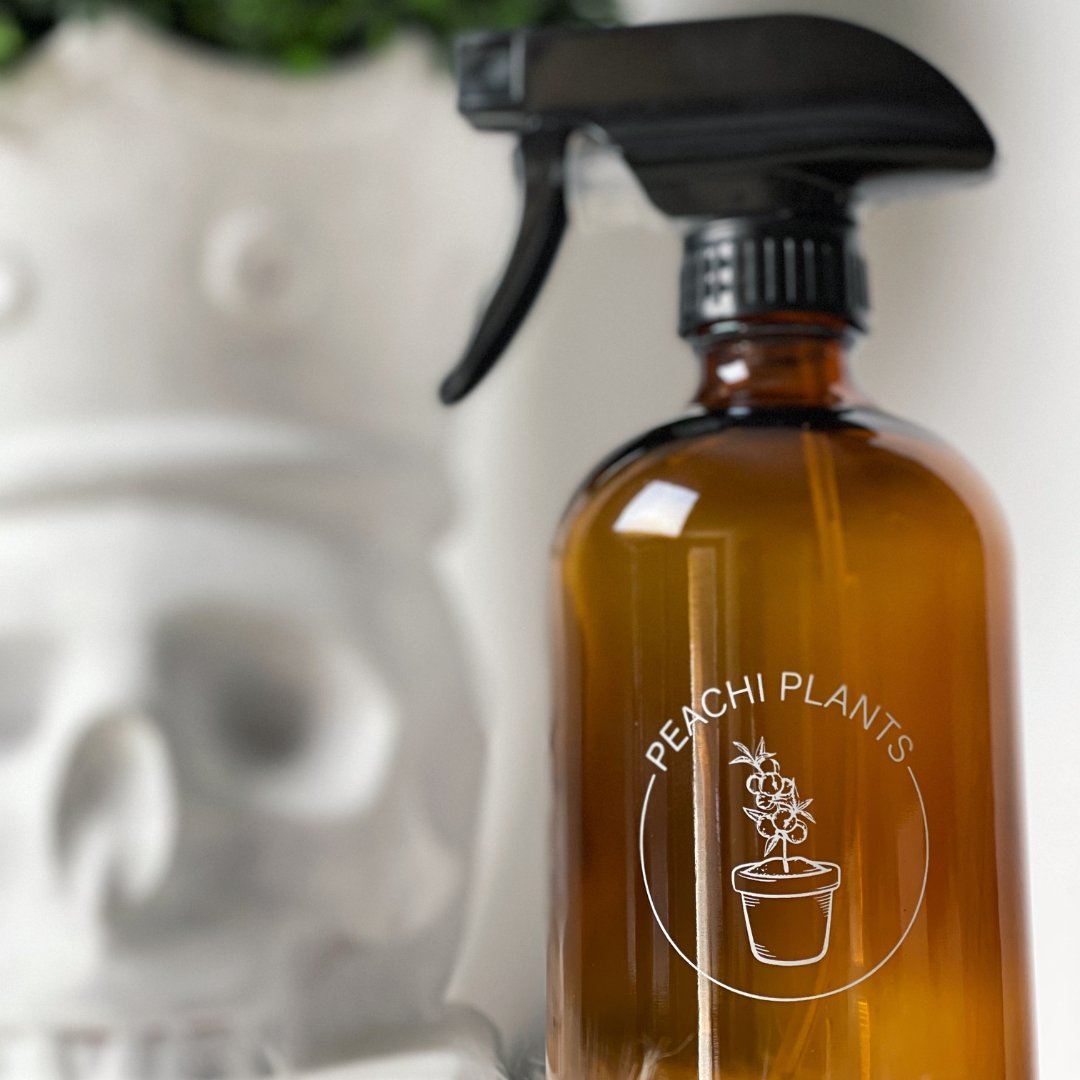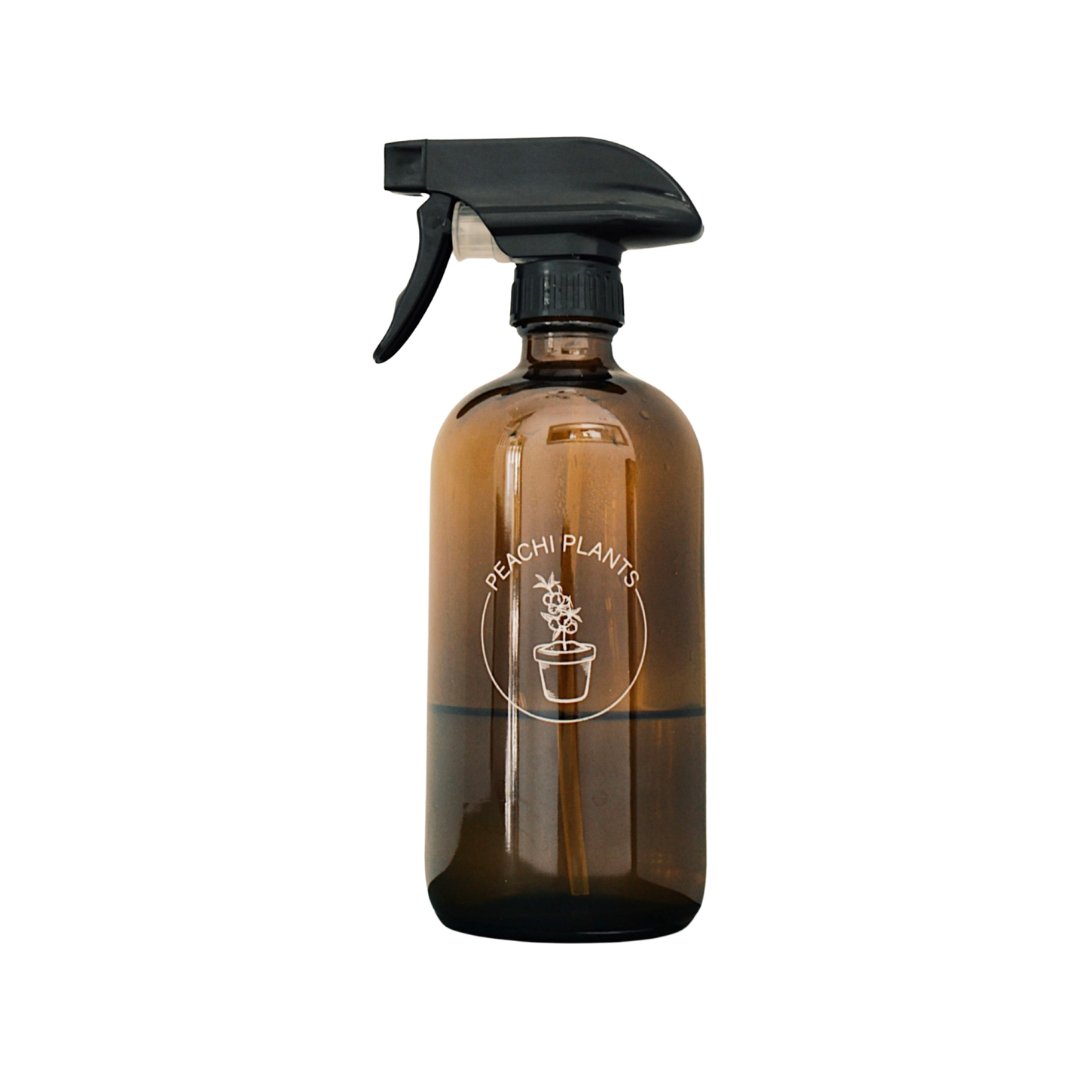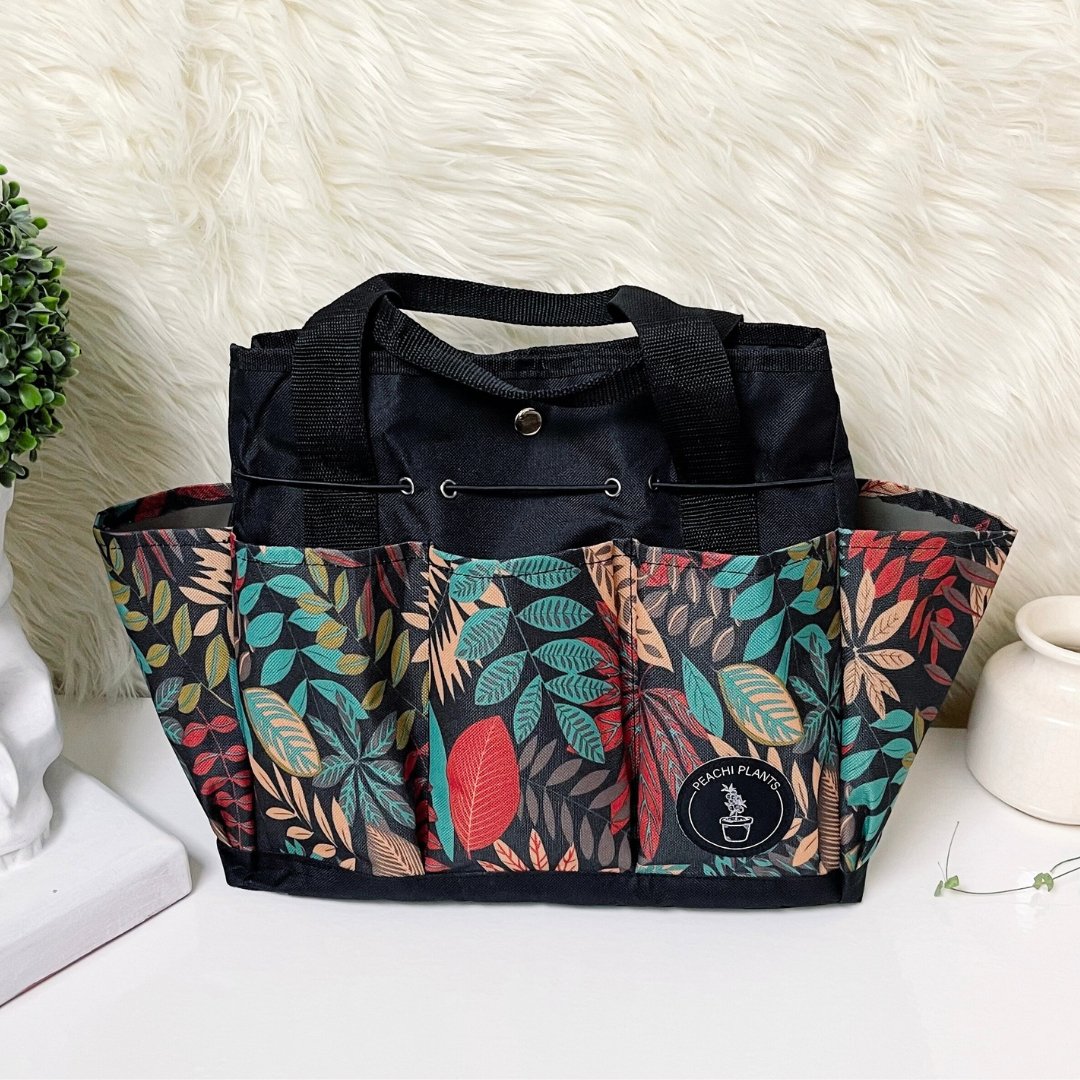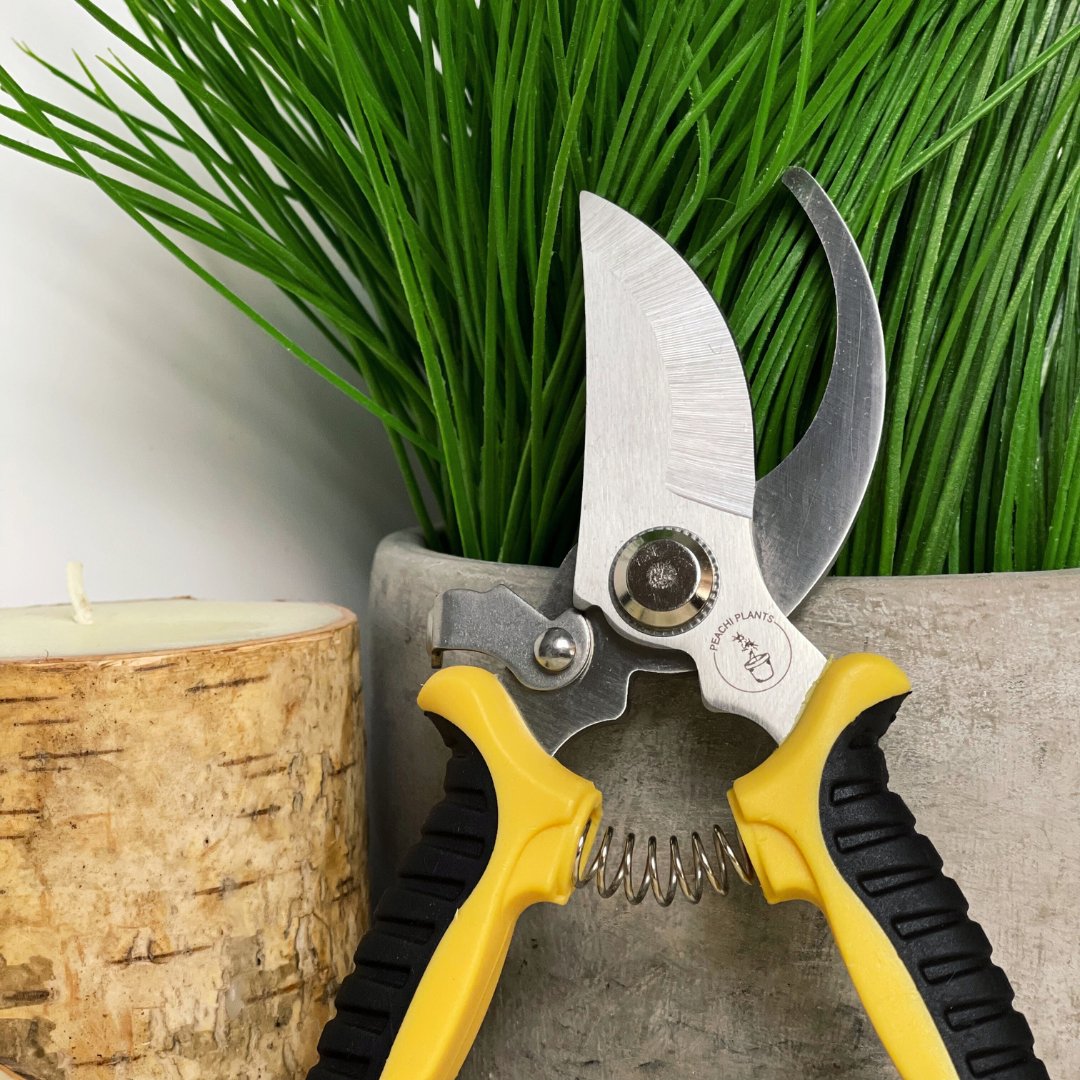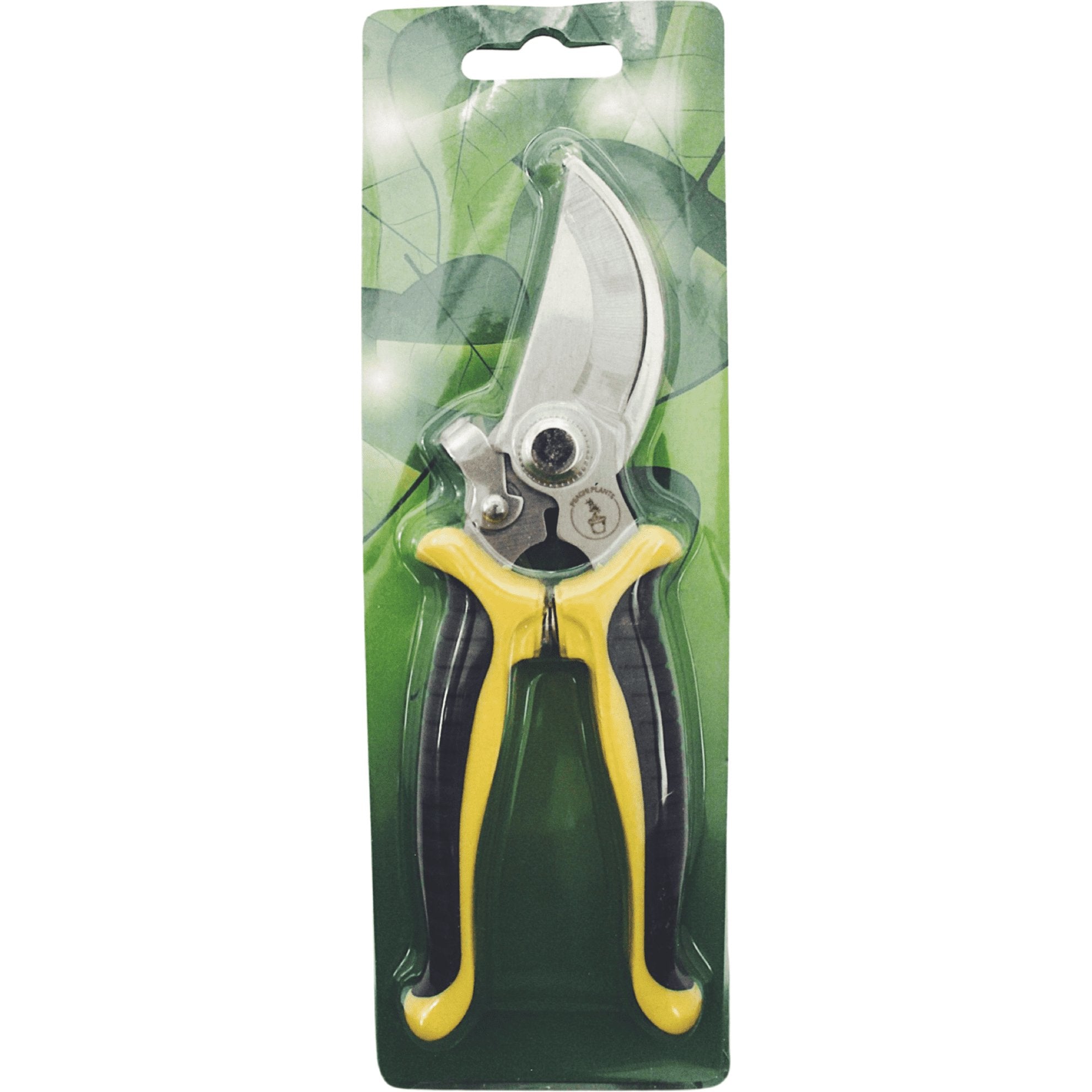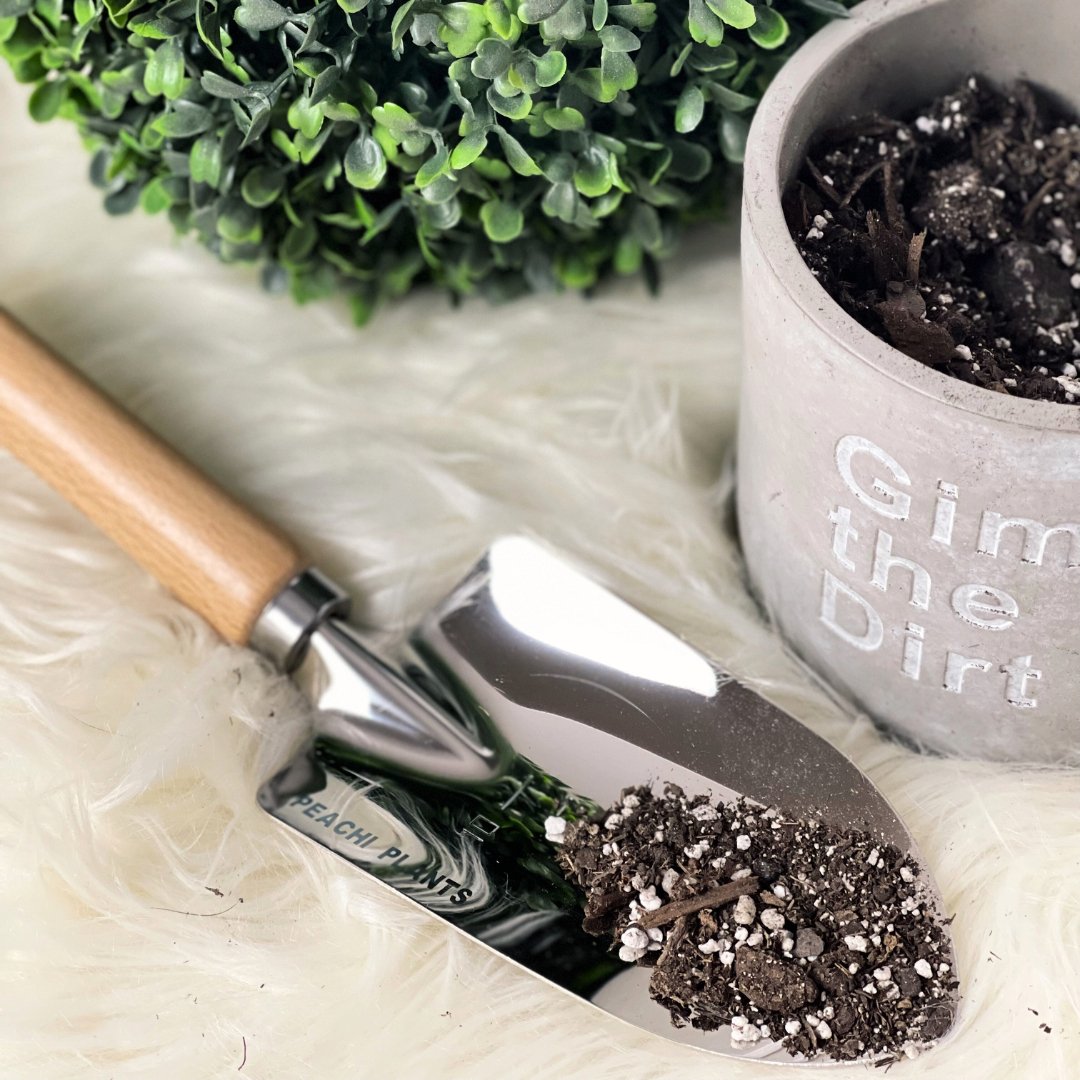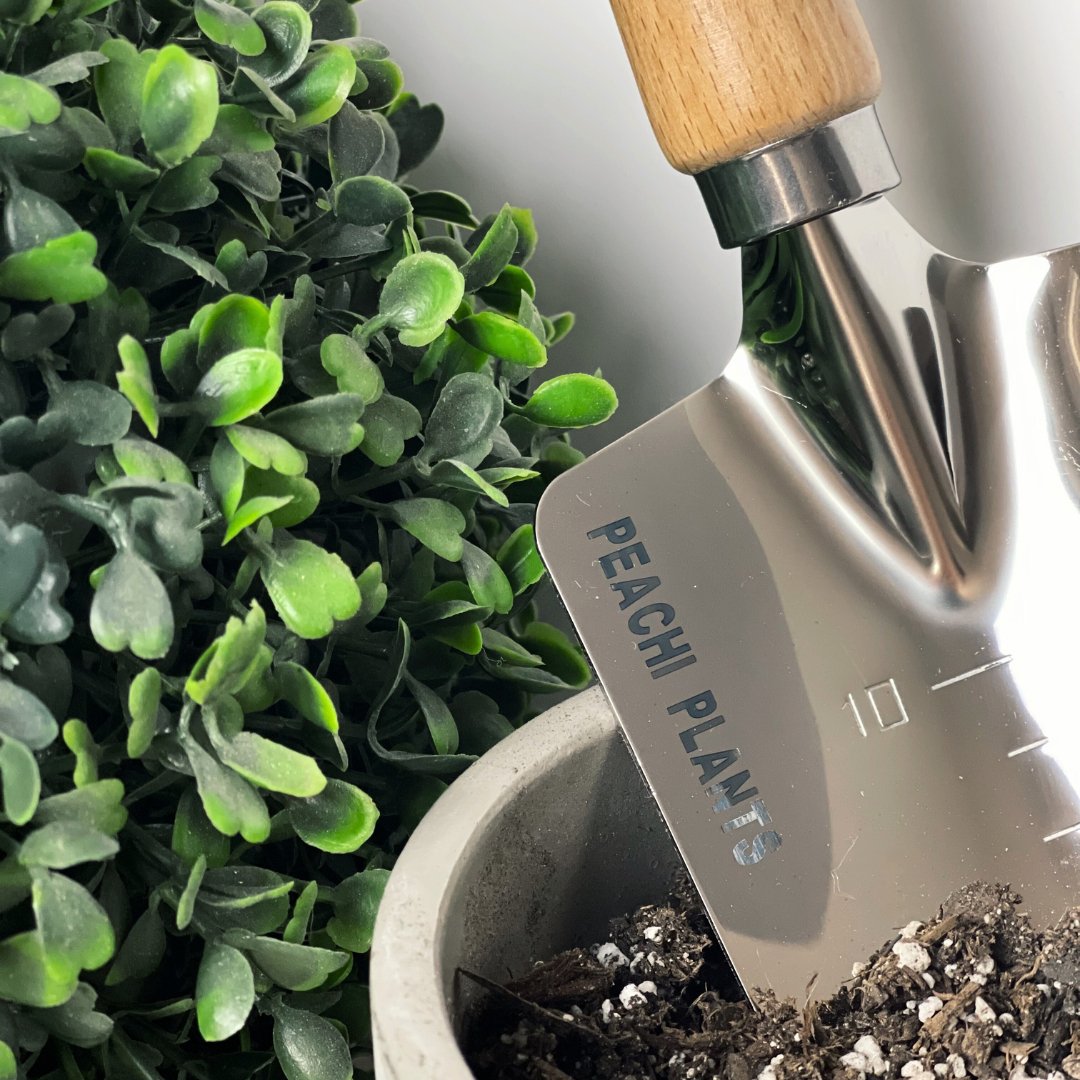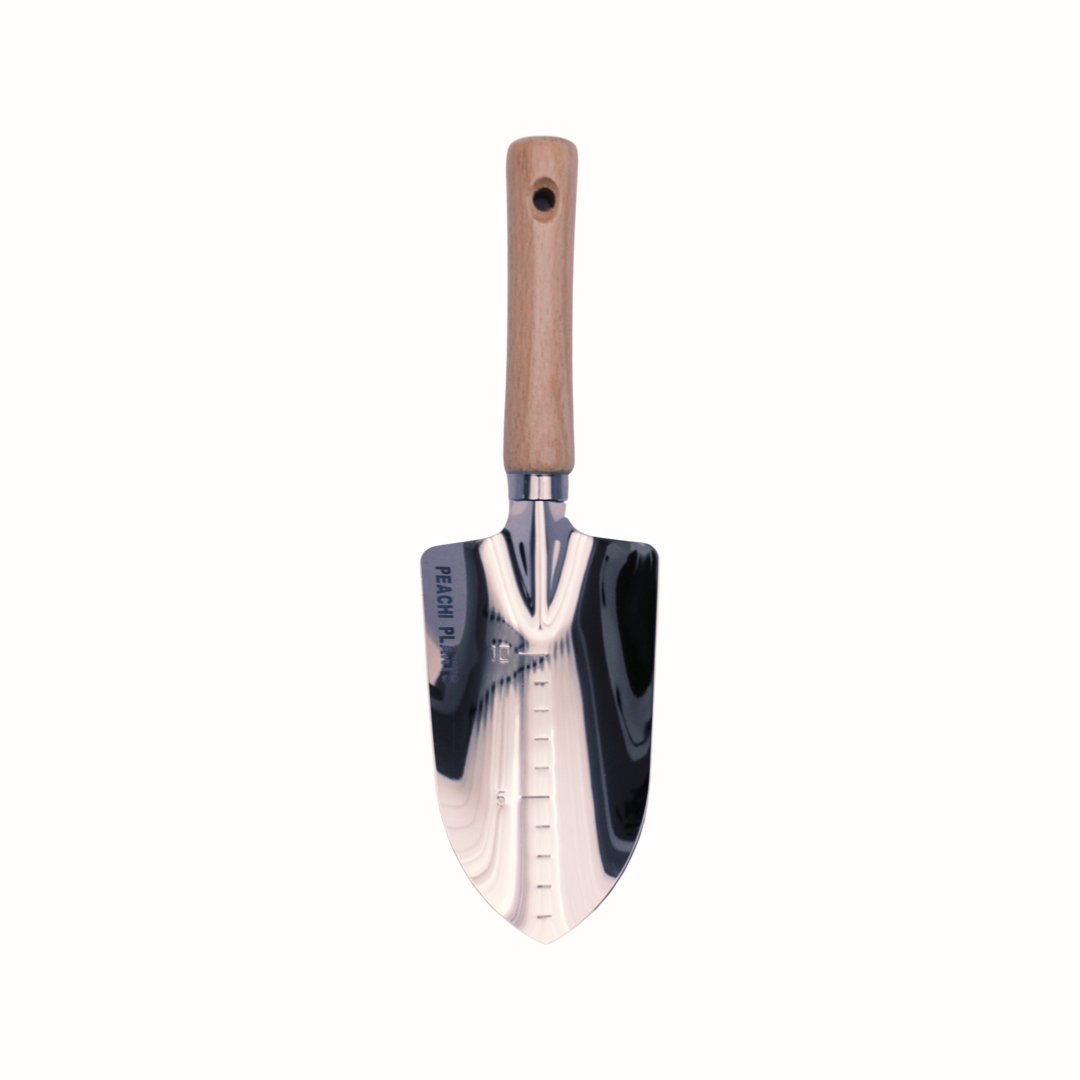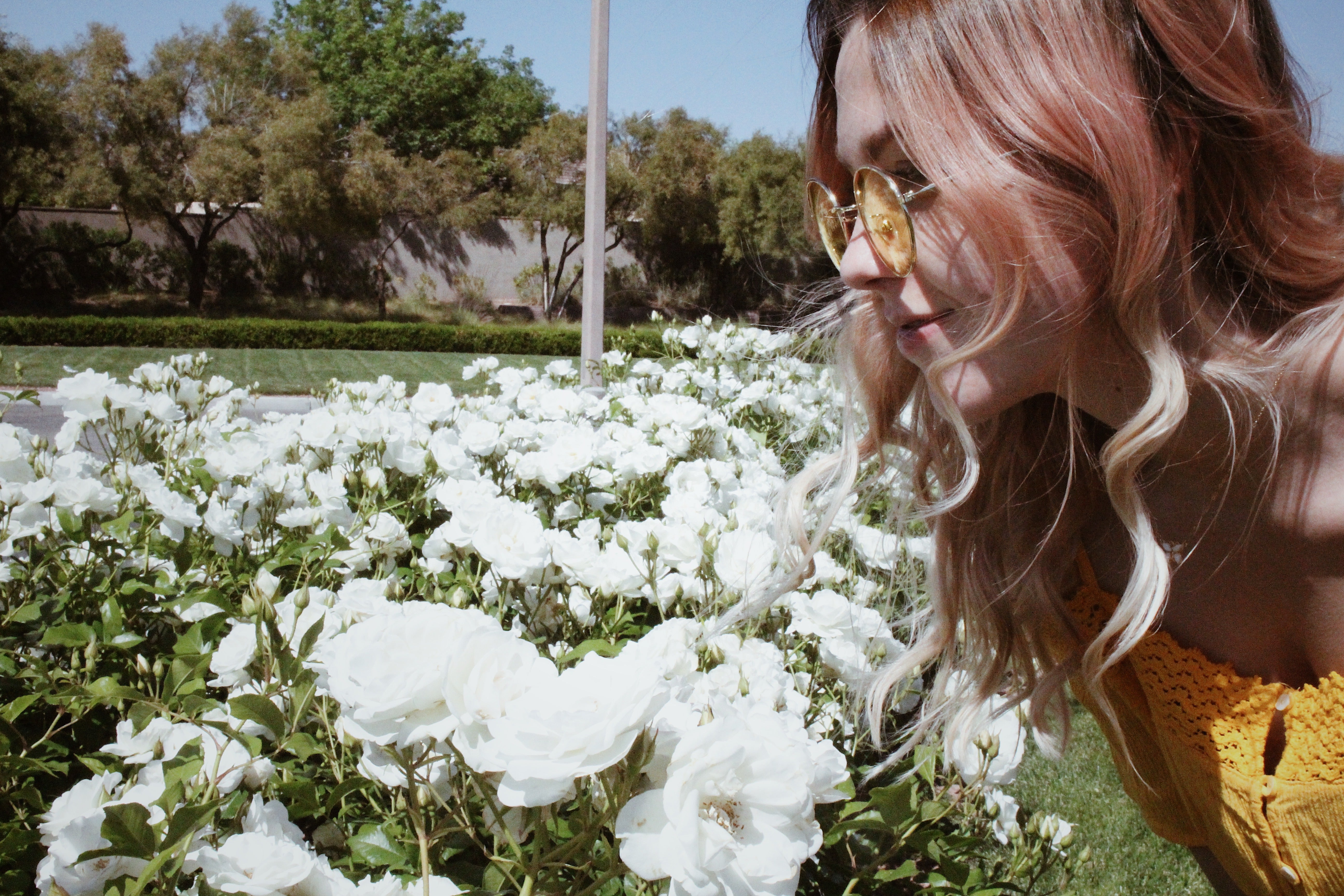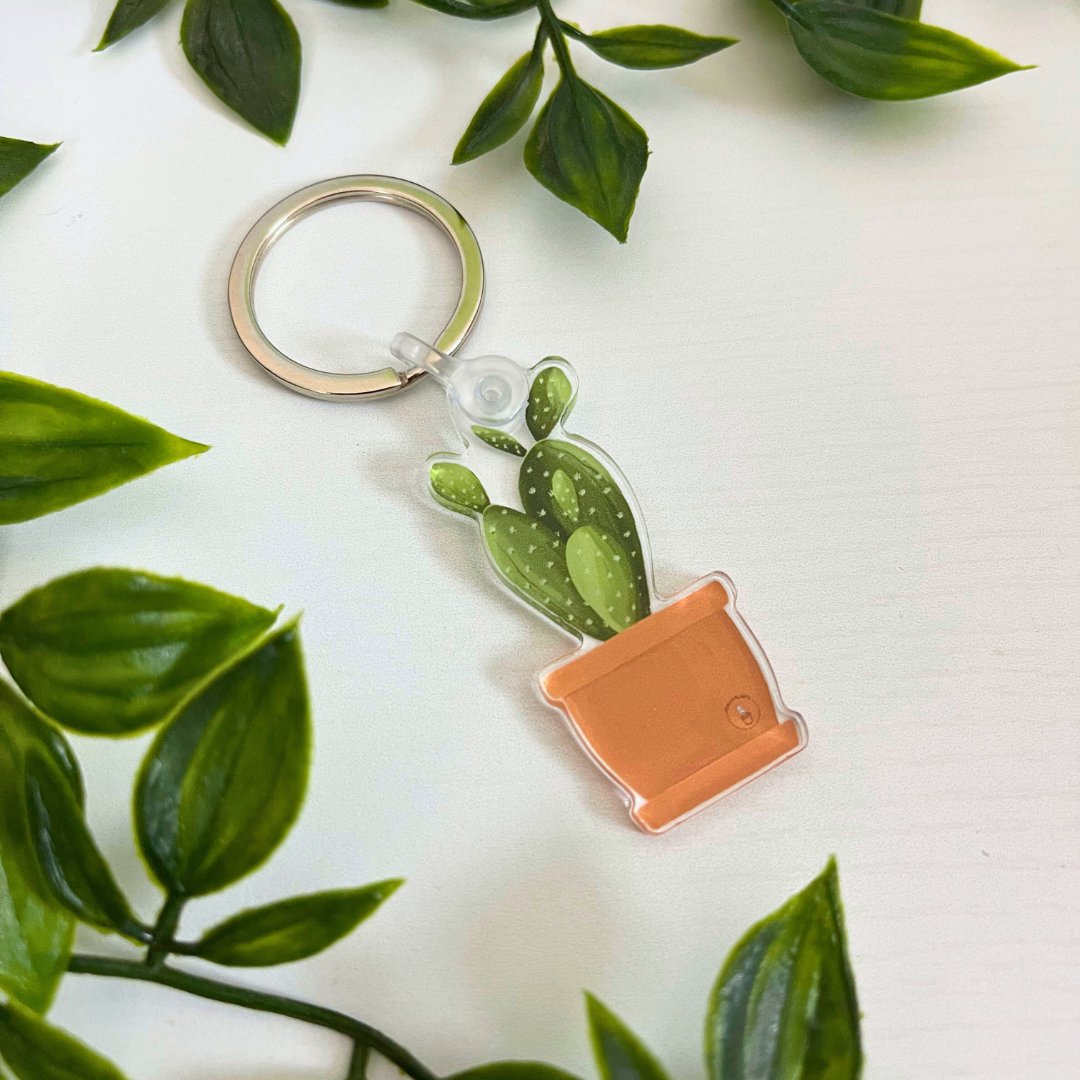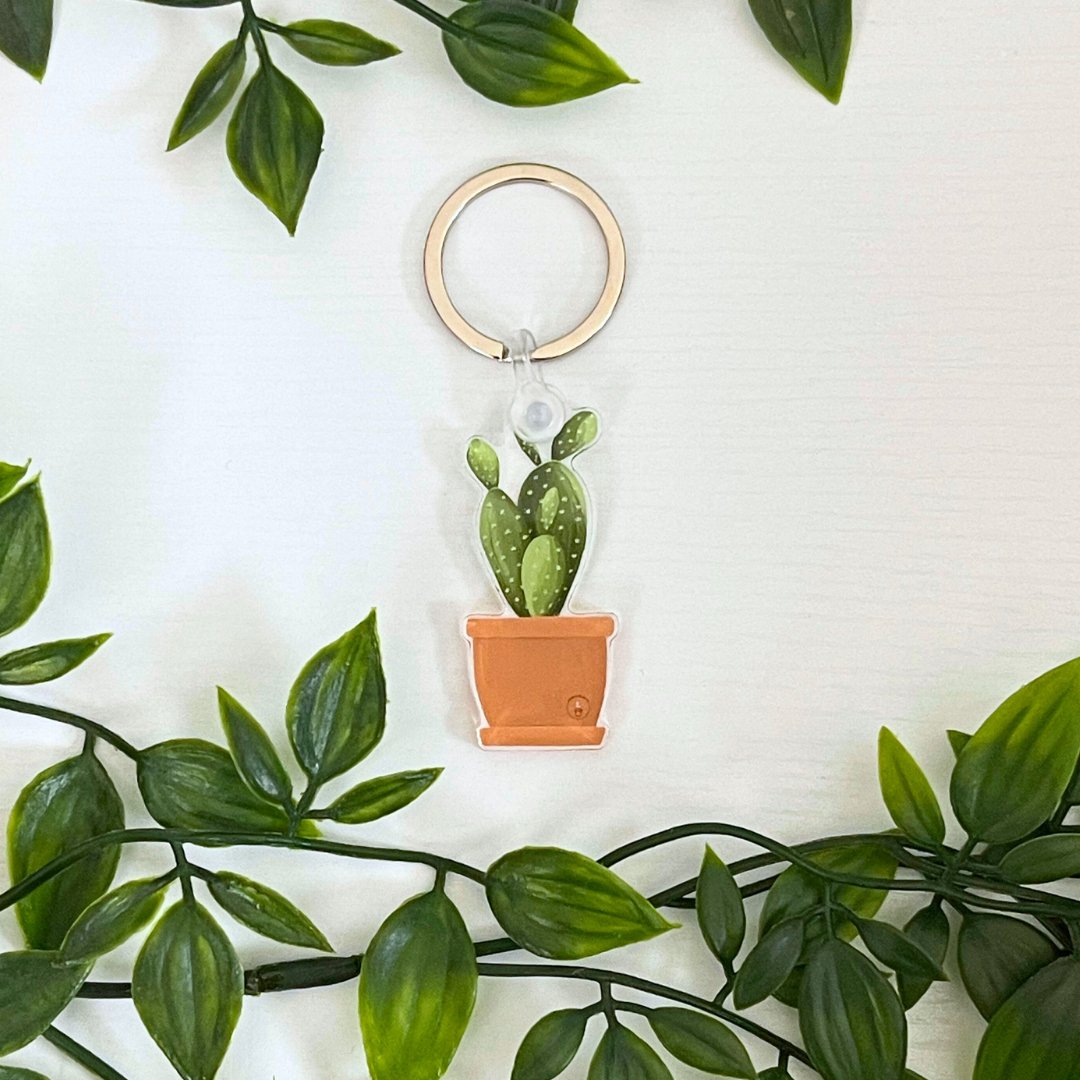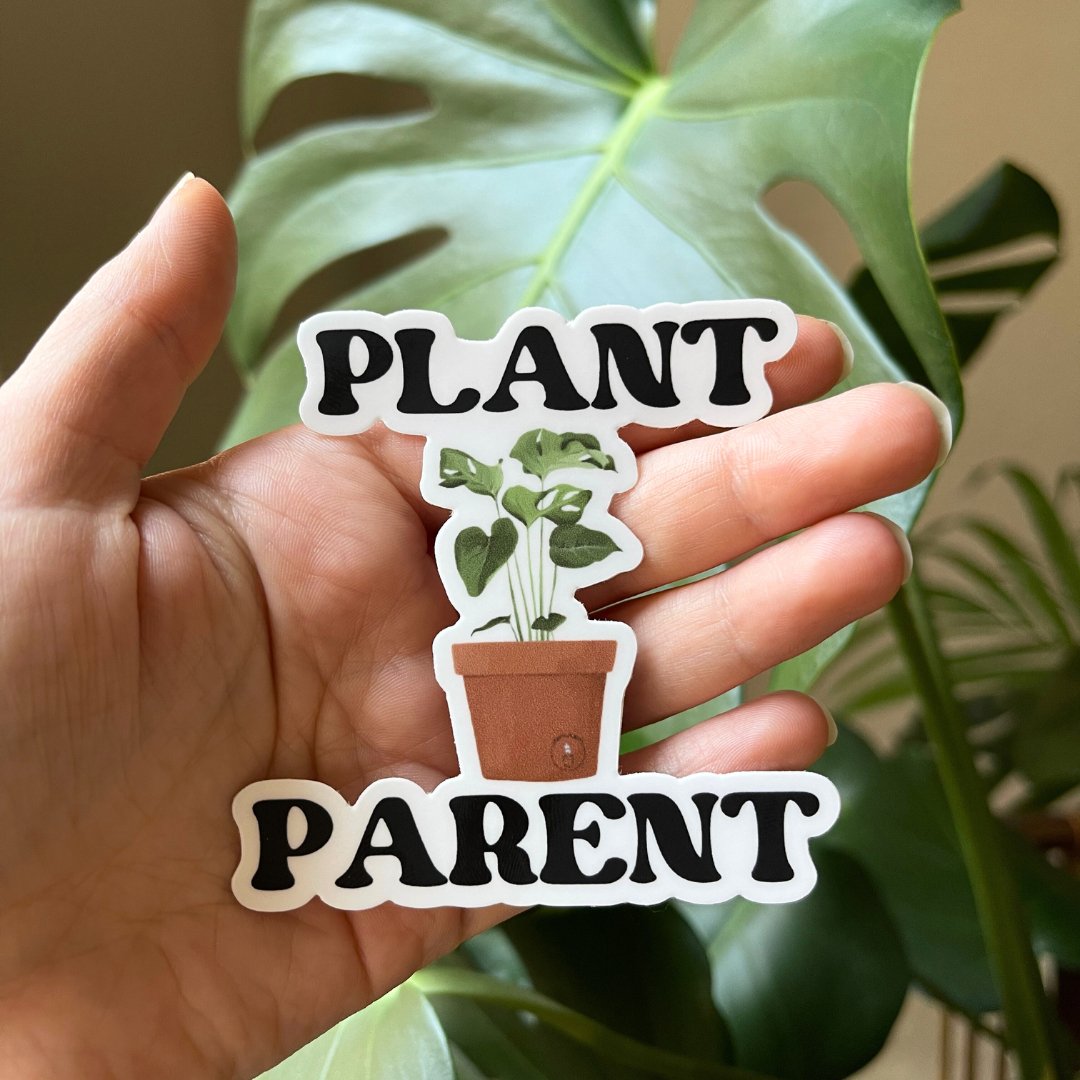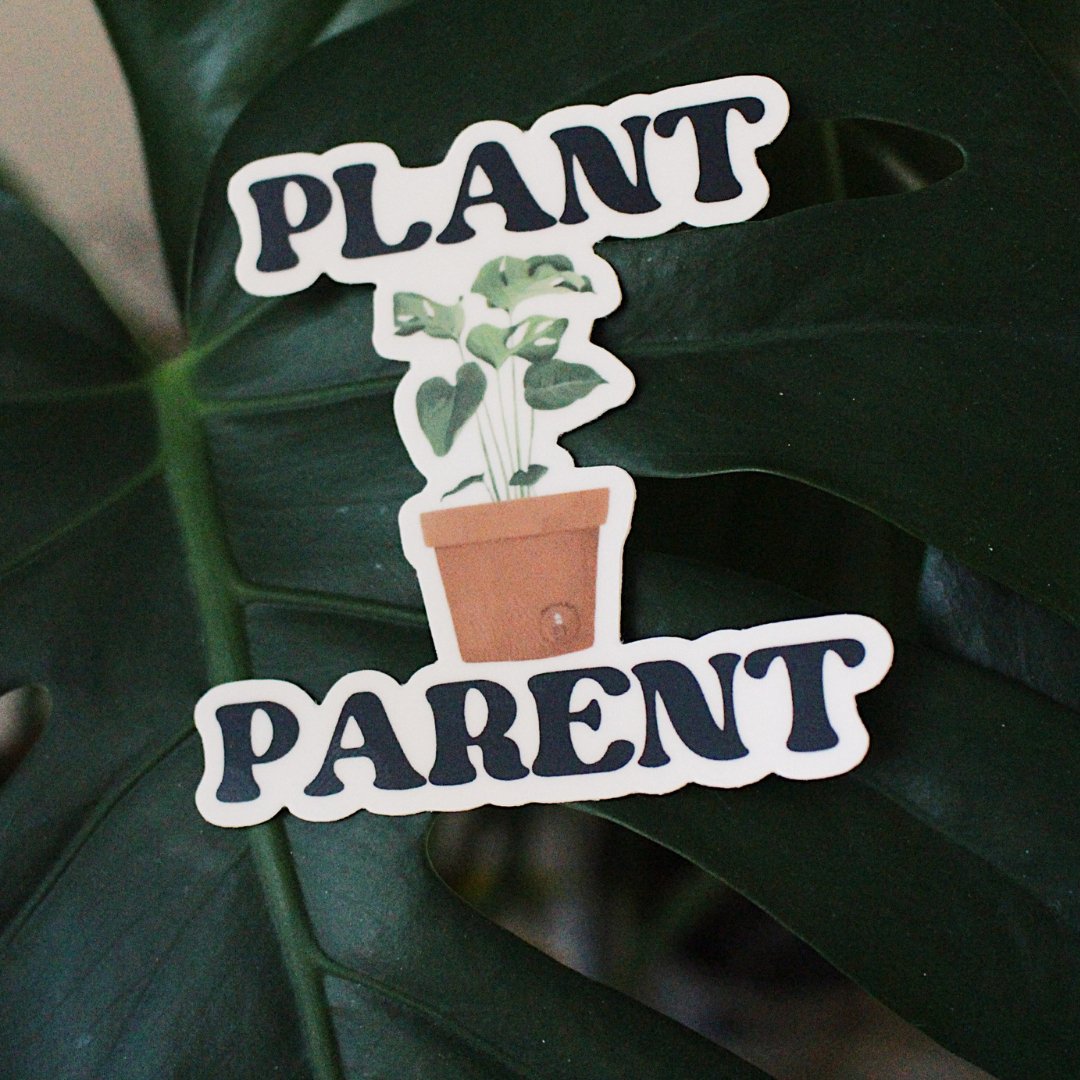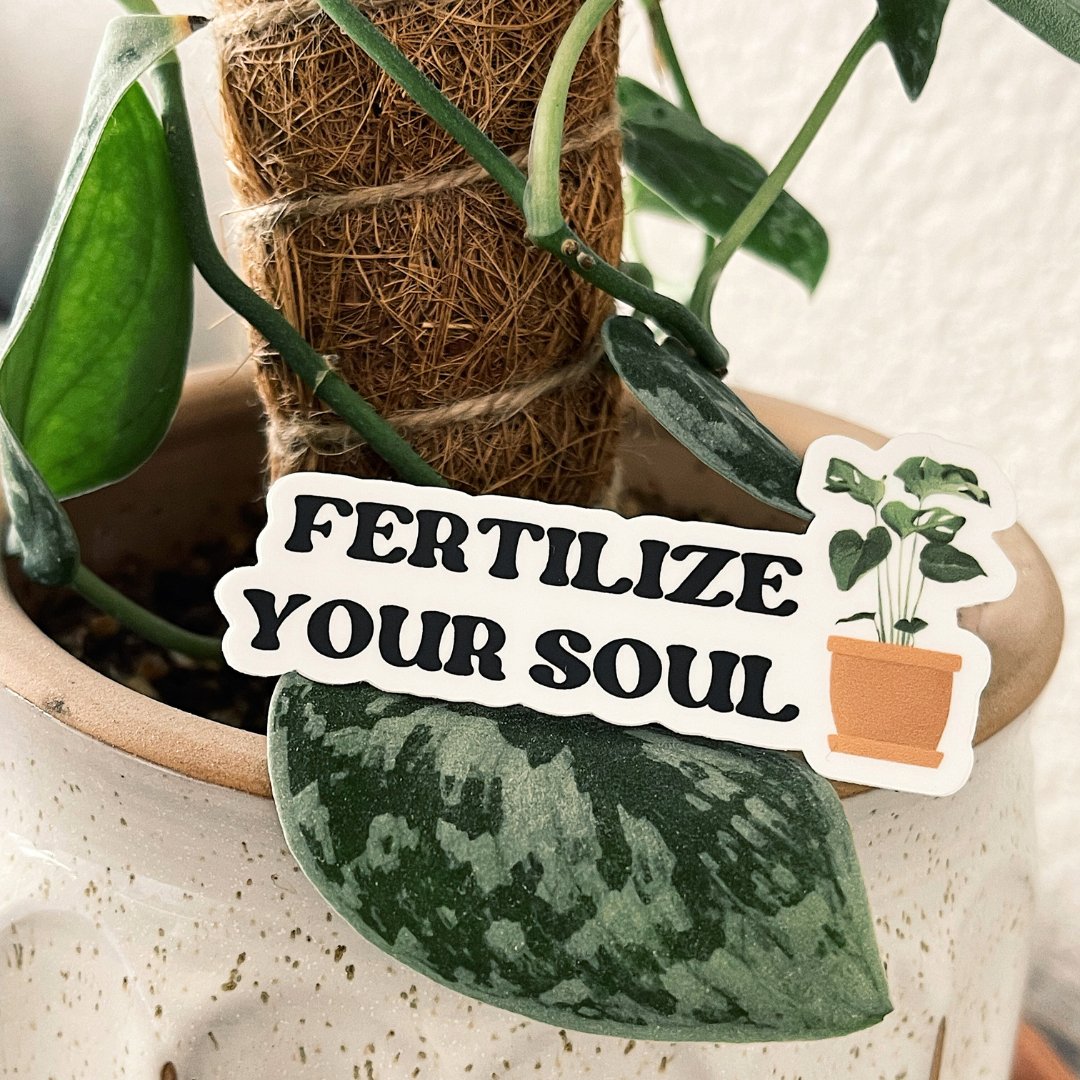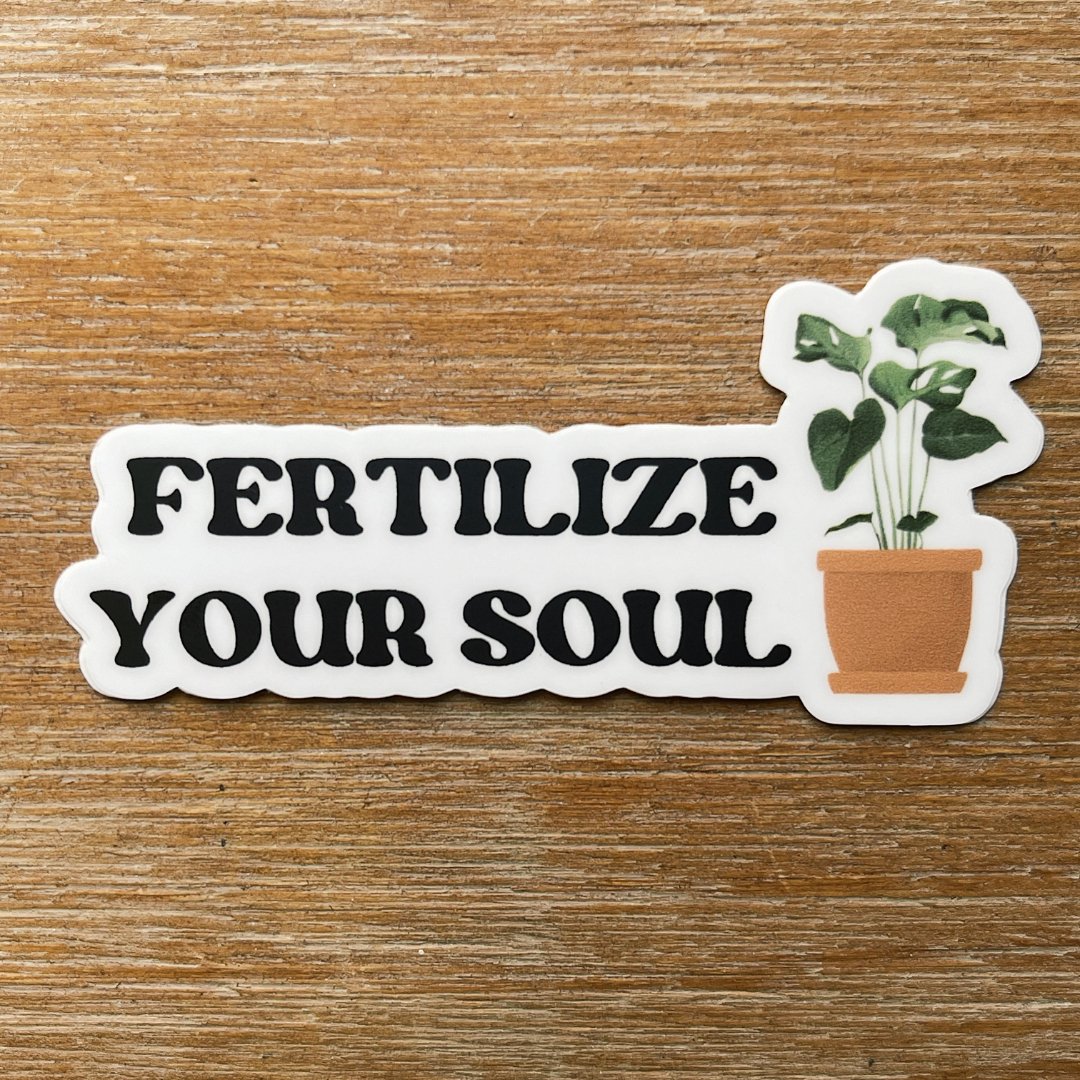What is root rot?
Root rot is a condition that affects plants where the roots become infected with fungal or bacterial pathogens, leading to decay and deterioration of the root system. It is a common problem among plants. Indoor as well as outdoor plants. It is caused by a variety of fungal pathogens that attack the roots of the plant, causing them to become soft and waterlogged. If left untreated, root rot can lead to the death of the plant.
Symptoms of root rot include yellowing leaves, wilting, and a mushy or rotting smell coming from the soil. The plant may also have stunted growth or a lack of vigor. In severe cases, the roots may be black or brown and will have a slimy texture.
The first step in diagnosing root rot is to inspect the roots of the plant. If the roots appear to be discolored or mushy, it is likely that the plant is suffering from root rot. It is also important to check the soil for any signs of mold, pests or fungus.
How do you treat root rot?
Treatment for root rot typically involves removing the damaged roots and replanting the plant in fresh, well-draining soil. It is also important to remove any infected soil or mulch from around the base of the plant.
Fungicides and antibiotics can also be used to treat root rot; however, it is important to follow the instructions on the label carefully. These products can be toxic to plants if used improperly.

Can root rot be prevented?
In order to prevent root rot from happening, it is important to keep the soil well-draining. A moisture meter is very helpful to avoid overwatering. Sometimes the top few inches seem dry but the bottom of the pot near the roots will still be wet. You want to ensure the whole plant is nearly dry before watering again. With 90% of my houseplants, I wait until the meter says dry/in the red. It is also important to avoid overcrowding plants and to make sure that they have enough space to grow.
In conclusion, root rot is a pretty common problem among plants and you shouldn't worry! Try to fix it and catch it early as possible. If it does end up dying, try again with another! I have a "three buy" policy with plants. If I kill it more than three times, I will part ways with that plant. I thankfully have not needed to do that. Yet..
Have you ever successfully treated root rot in your plants? If so, what methods or remedies did you use, and what advice would you give to others facing this issue?
Need help repotting a plant? Check out our "Step by step Repotting Guide"
